Ya tengo mucho mas de un mes sin poder publicar, pero es que han pasado tantas cosas en estas ultimas semanas, que me absorben el 80% de mi tiempo, primero comencé a trabajar como bartender en horario nocturno (eso es algo que ya les contare pronto), segundo he tenido muchas practicas y exámenes, y literalmente llego del trabajo a estudiar, dormir y levantarme estudiando. Así que esta un poco complicado tener un tiempo libre.
Finalmente las tareas del hogar también suman tiempo, pero hoy por fin me di un momento para redactar algunos post sobre mi tiempo de ausencia acá.
I haven't been able to post for more than a month now, but so many things have happened in the last few weeks that have absorbed 80% of my time, first I started working as a bartender at night (something I'll tell you soon), second I've had a lot of internships and exams, and I literally come home from work to study, sleep and wake up studying. So it's a bit complicated to have some free time.
Finally the housework also adds up, but today I finally took a moment to write some posts about my time away from here.
Las practicas que hemos tenido han sido realmente geniales, la verdad en el ámbito profesional esto me parece una de las cosas mas importantes que he visto hasta ahora. Y aunque son sumamente largas y las clases son de hasta 4-5h continuas, por fin podemos verle el uso a tantas horas de teorías, y entender el por que de una manera practica.
The internships we've had have been really great, the truth is that in the professional field this seems to me one of the most important things I've seen so far. And although they are extremely long and the classes are up to 4-5 hours long, we can finally see the use of so many hours of theories, and understand why in a practical way.
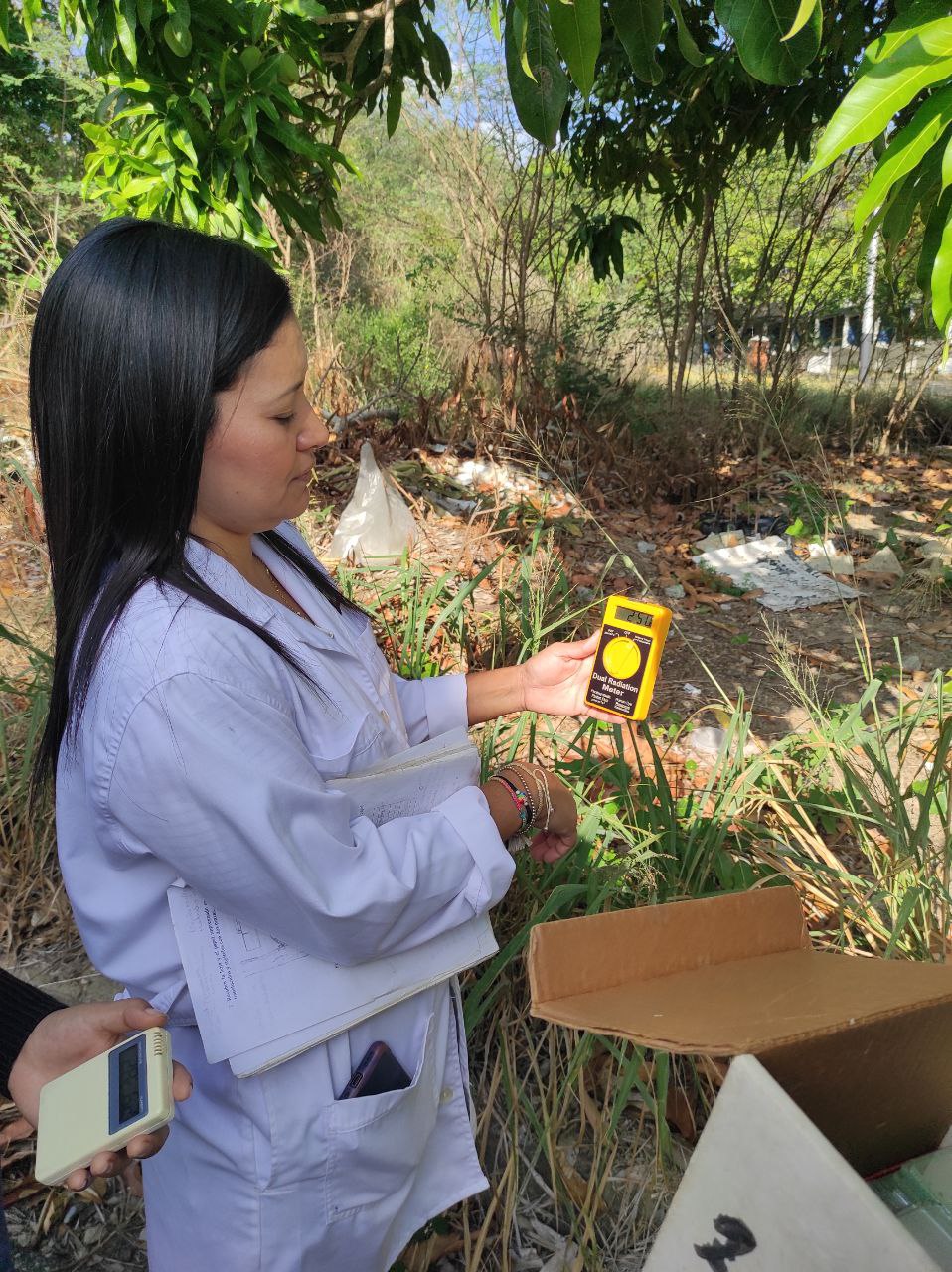
Por ejemplo esta practica de fisiología, nos ayudo a entender como es el funcionamiento de transpiración de los arboles, gramíneas y otras plantas, que influye en que pierda agua a mayor o menor velocidad, cuales son las condiciones climáticas.
¿Y esto en que me ayuda en la vida cotidiana?, pues por ejemplo en mi caso cuando tenemos una siembra de tomate aplicamos riego por goteo una cantidad de tiempo que aumenta a medida que el cultivo crece, pero no sabíamos el por que (Ignorando lo obvio que a mayor tamaño necesitan mas agua), me refiero a no sabíamos la cantidad necesaria "REAL" para que la planta pueda vivir sin estrés por exceso o falta de agua.
For example, this physiology practice helped us to understand how the transpiration of trees, grasses and other plants works, what influences them to lose water at a faster or slower rate, and what the climatic conditions are.
And how does this help me in my daily life, for example in my case when we have a tomato planting we apply drip irrigation for an amount of time that increases as the crop grows, but we did not know why (ignoring the obvious that the bigger the plant the more water it needs), I mean we did not know the "REAL" amount needed for the plant to live without stress due to excess or lack of water.
Y esto lo podemos hacer calculando la transpiración de la planta medida en tiempo, son conversaciones larga y un poco aburridas, pero dependiendo de la cantidad de luz recibida, humedad relativa, tipo de suelo y disponibilidad de agua podemos saber la cantidad necesaria que debemos aplicar en el día, Esto disminuye costos y máxima la absorción de abonos por goteo.
And we can do this by calculating the transpiration of the plant measured in time, these are long and a bit boring conversations, but depending on the amount of light received, relative humidity, soil type and availability of water we can know the necessary amount that we must apply in the day, this reduces costs and maximizes the absorption of drip fertilizers.
con ayuda de mis profes, tanto en la teoría como en la practica pudimos entender esto.
With the help of my teachers, both in theory and in practice we were able to understand this.
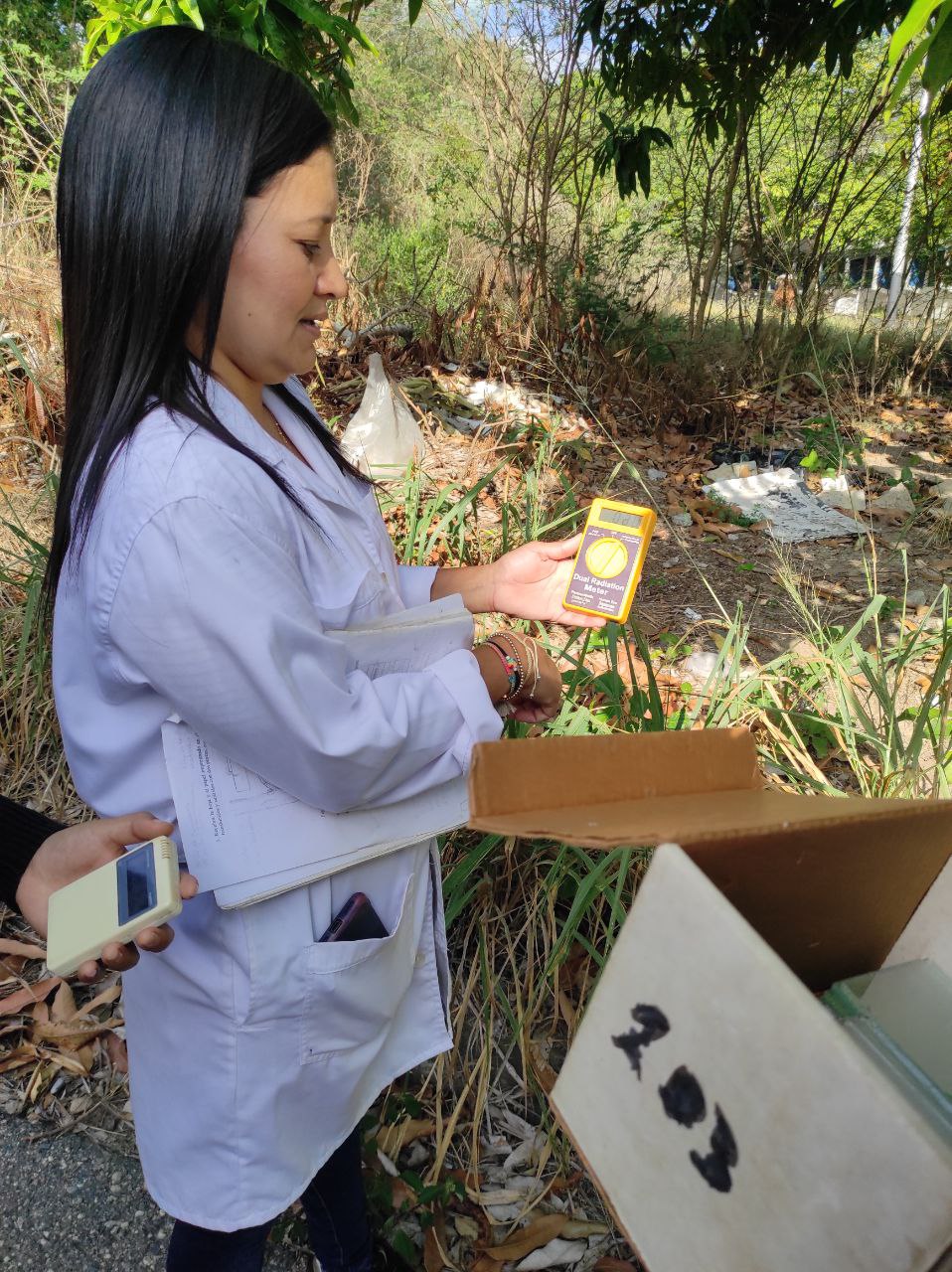
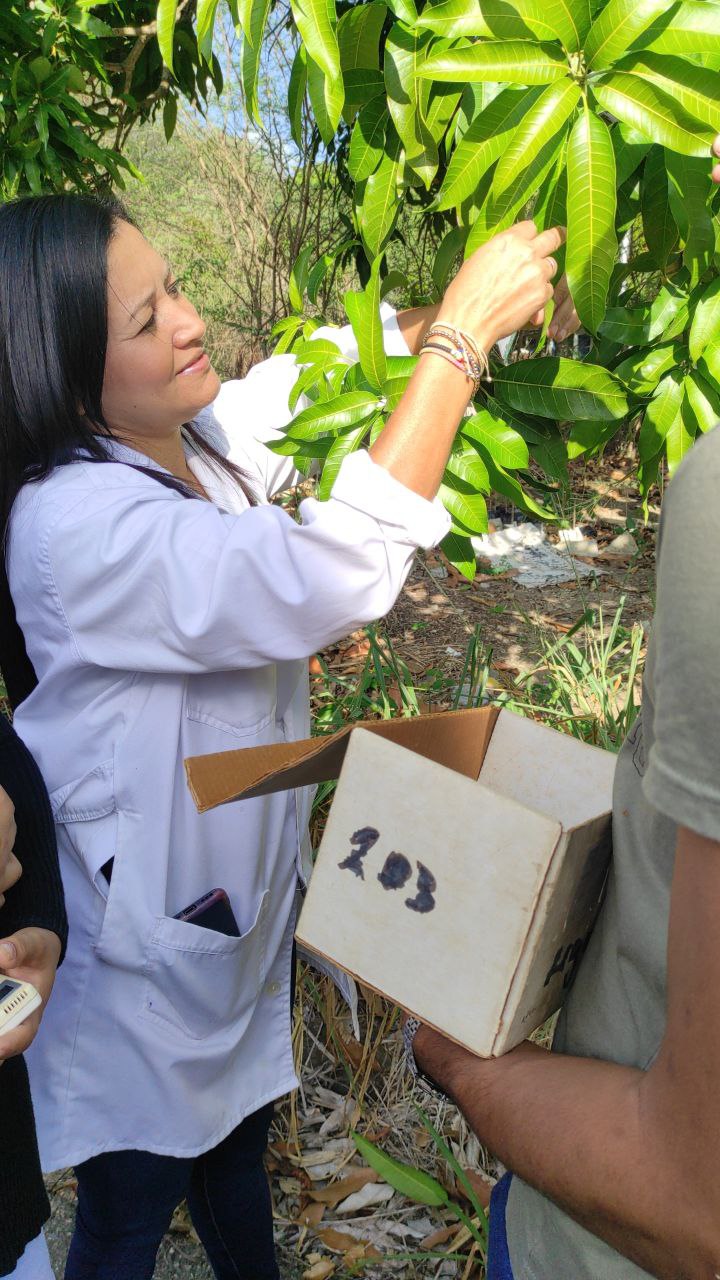
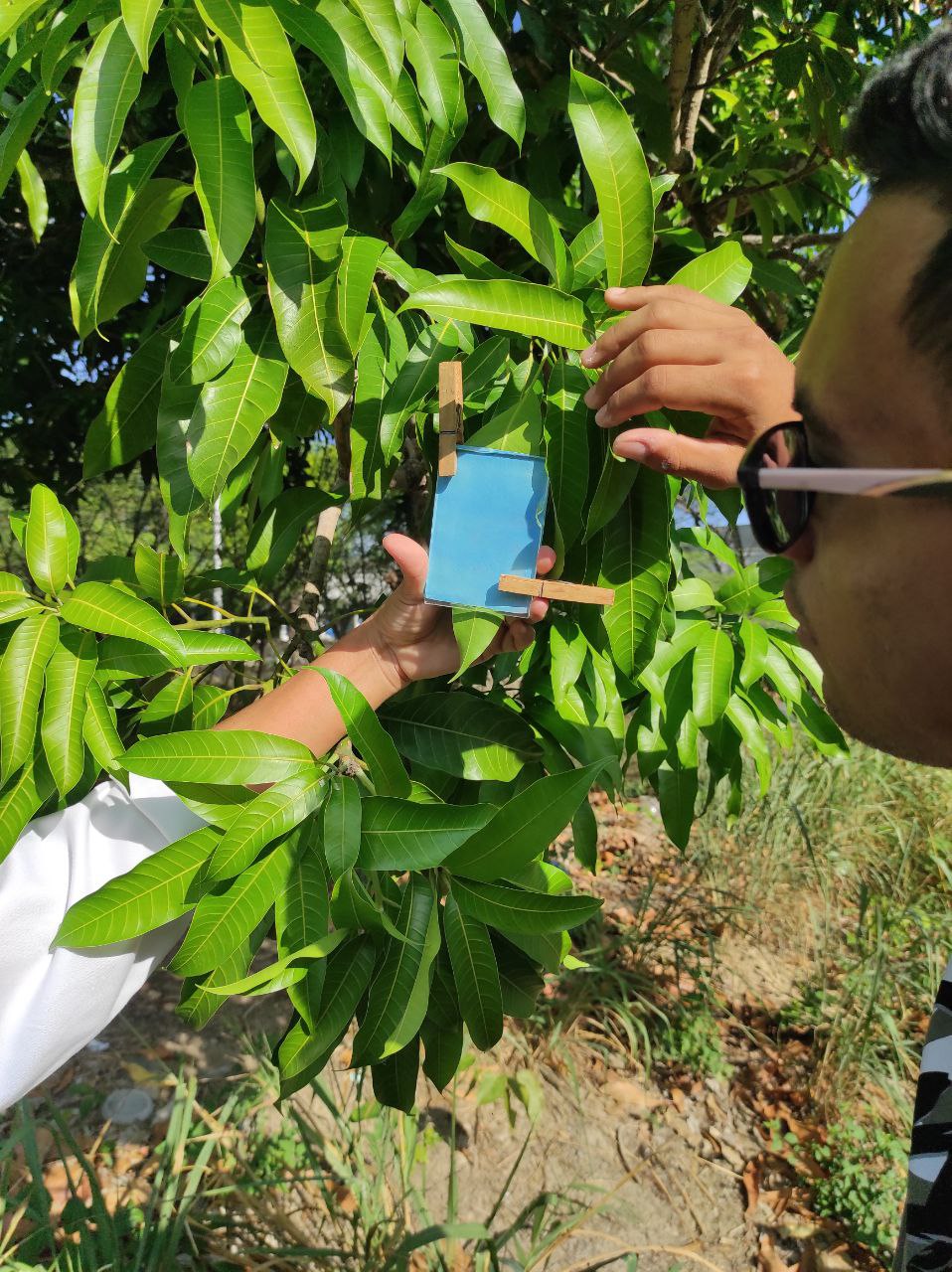
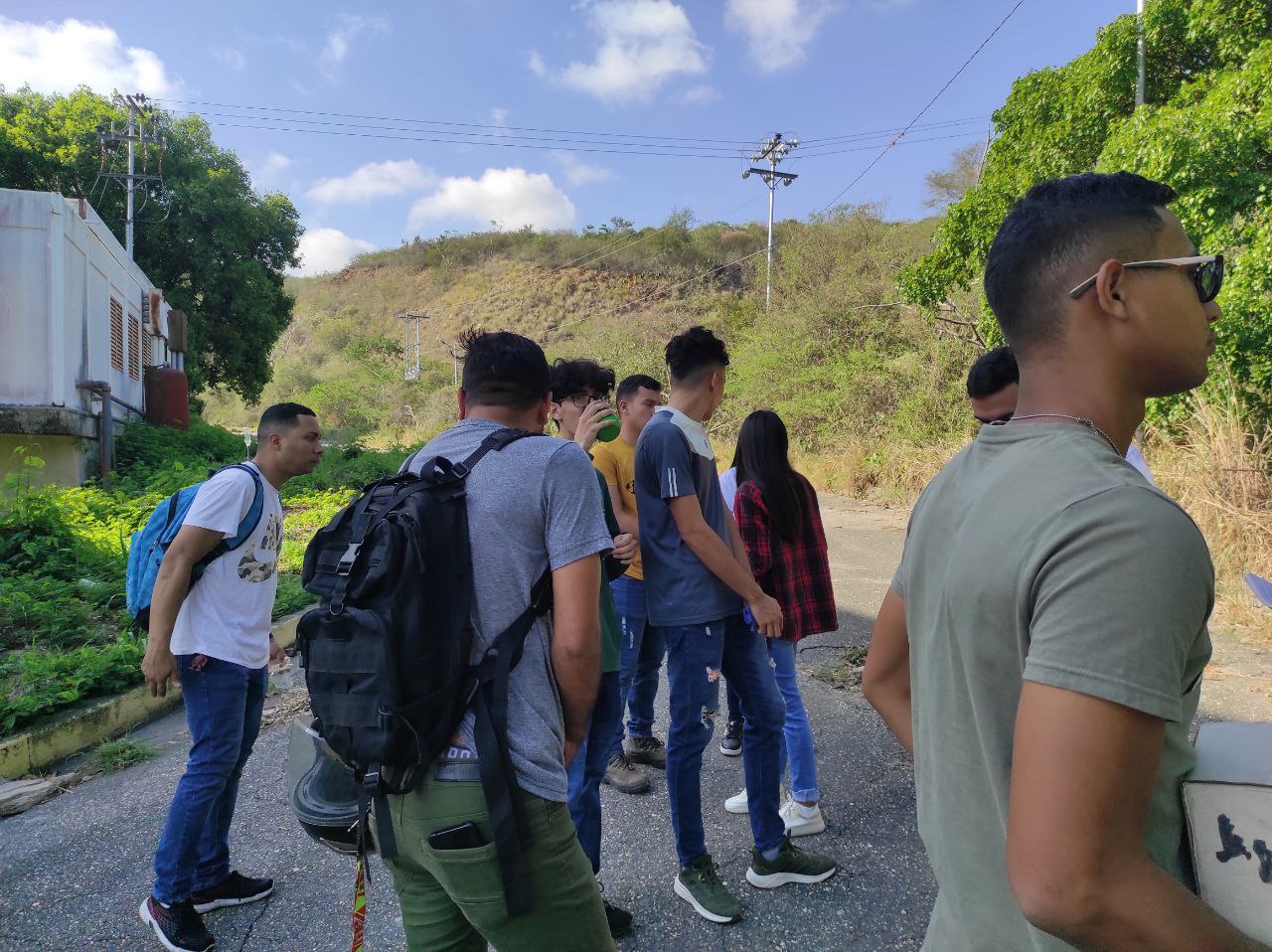
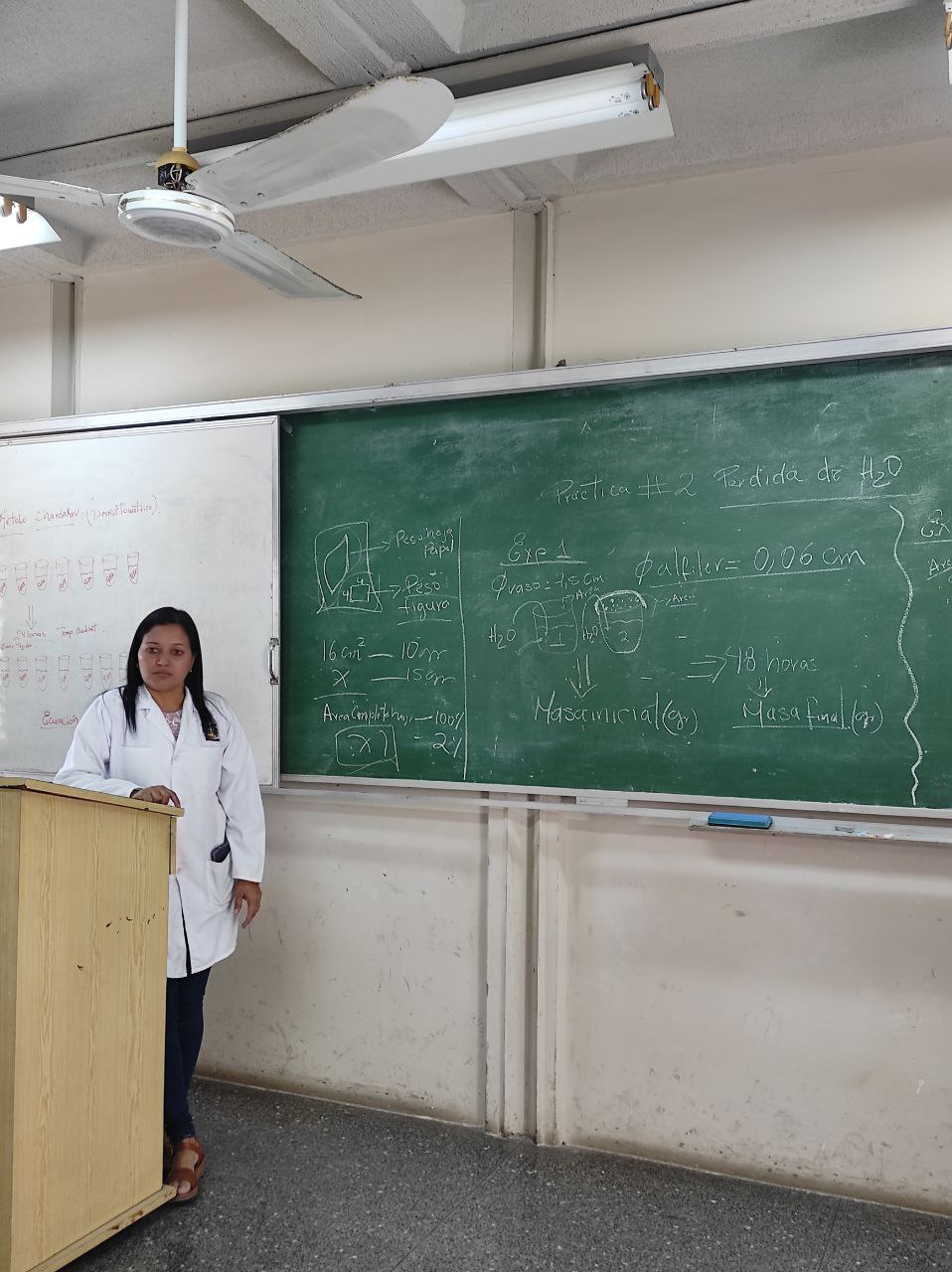
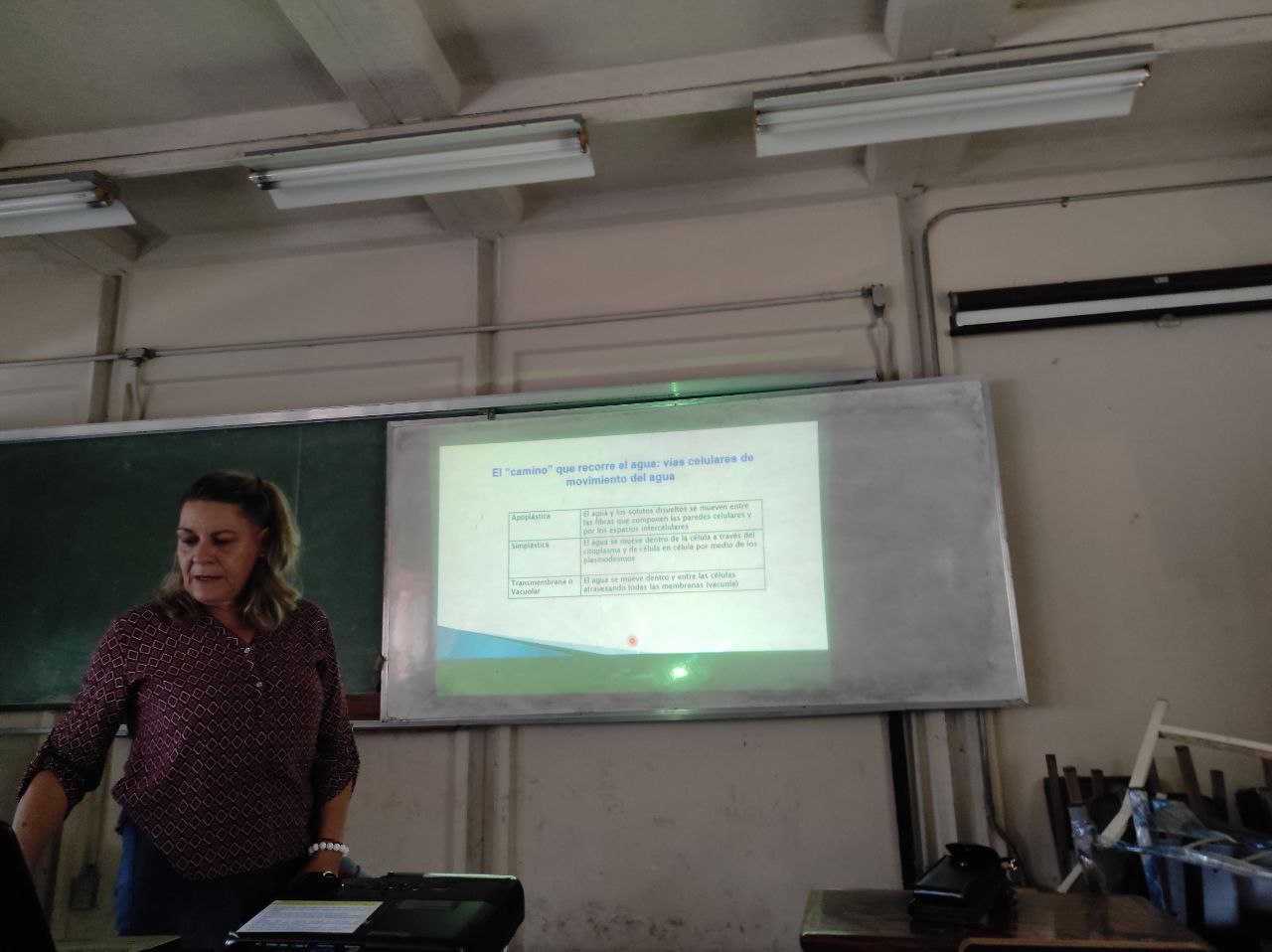
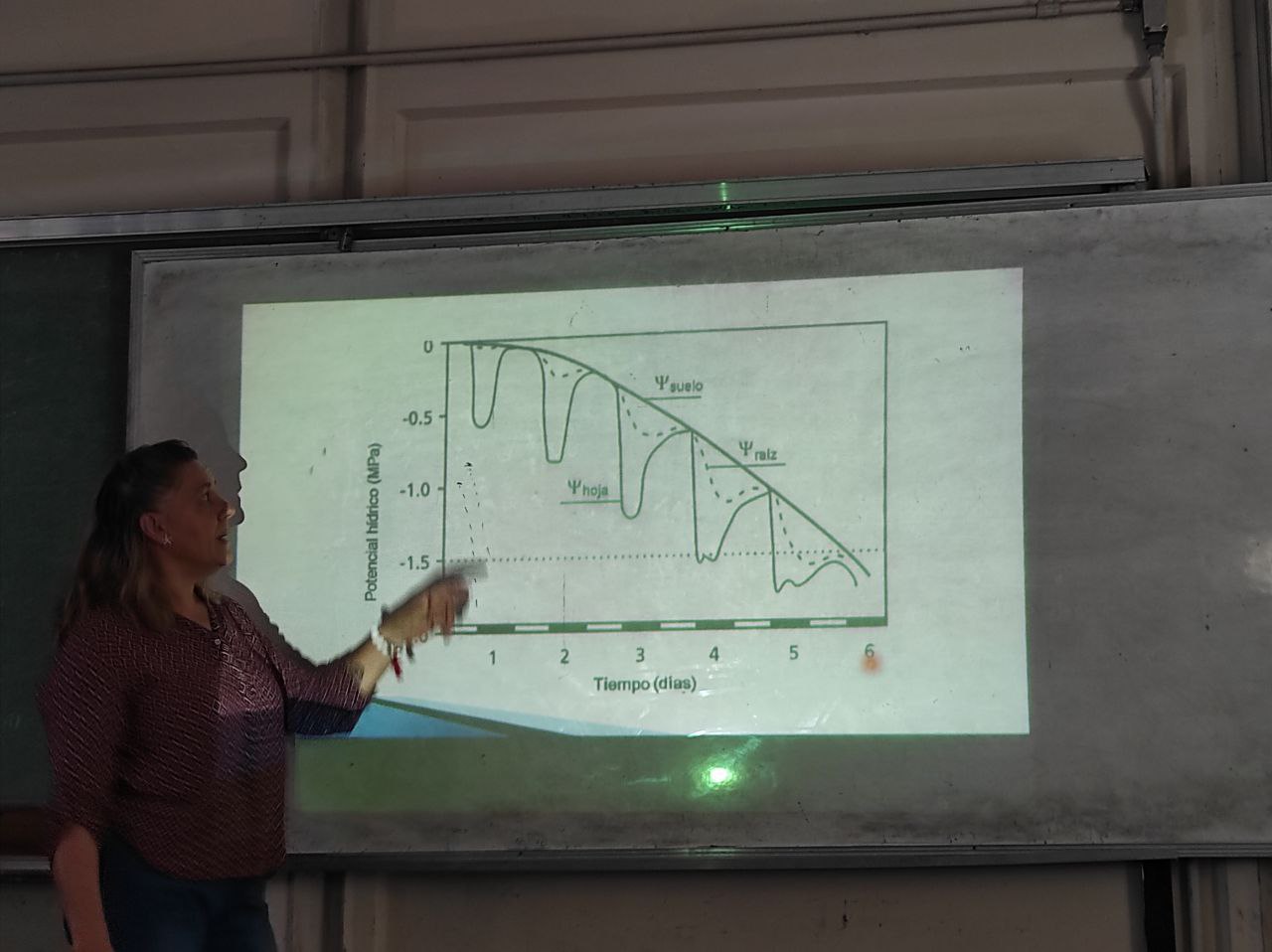
En otro caso un poco alejados de campo y mas en laboratorio de la universidad, hicimos otra practica que explica como funciona el proceso de absorción de las plantas, que se da mediante potenciales hídricos que se forman respecto a las condiciones que mencione anteriormente. Con ayuda de mis compañeros montamos un experimento donde pudimos presenciar la absorción y como se distribuye en la planta, en el primer caso con agua teñida de tinte rojo, colocamos un trozo de una planta atada a un tuvo gravimétrico dentro de agua para que no se rompiera el caudal formado dentro de la planta, luego lo sumergimos en el agua y comenzamos a darle condiciones ambientales, como temperatura, radiación y viento. Esto para que la planta comenzara a transpirar y así comenzara a absorber, al cabo de 5 min ya veíamos como el agua comenzaba a subir y pudimos verlo en los conductos de la planta al cortarla.
In another case, a little further away from the field and more in the university laboratory, we did another practical that explains how the process of plant absorption works, which occurs through water potentials that are formed with respect to the conditions mentioned above. With the help of my colleagues we set up an experiment where we could witness the absorption and how it is distributed in the plant, in the first case with red dyed water, we placed a piece of a plant tied to a gravimetric tube in water so that the flow formed inside the plant would not break, then we submerged it in the water and began to give it environmental conditions, such as temperature, radiation and wind. After 5 minutes we could see how the water began to rise and we could see it in the ducts of the plant when we cut it.
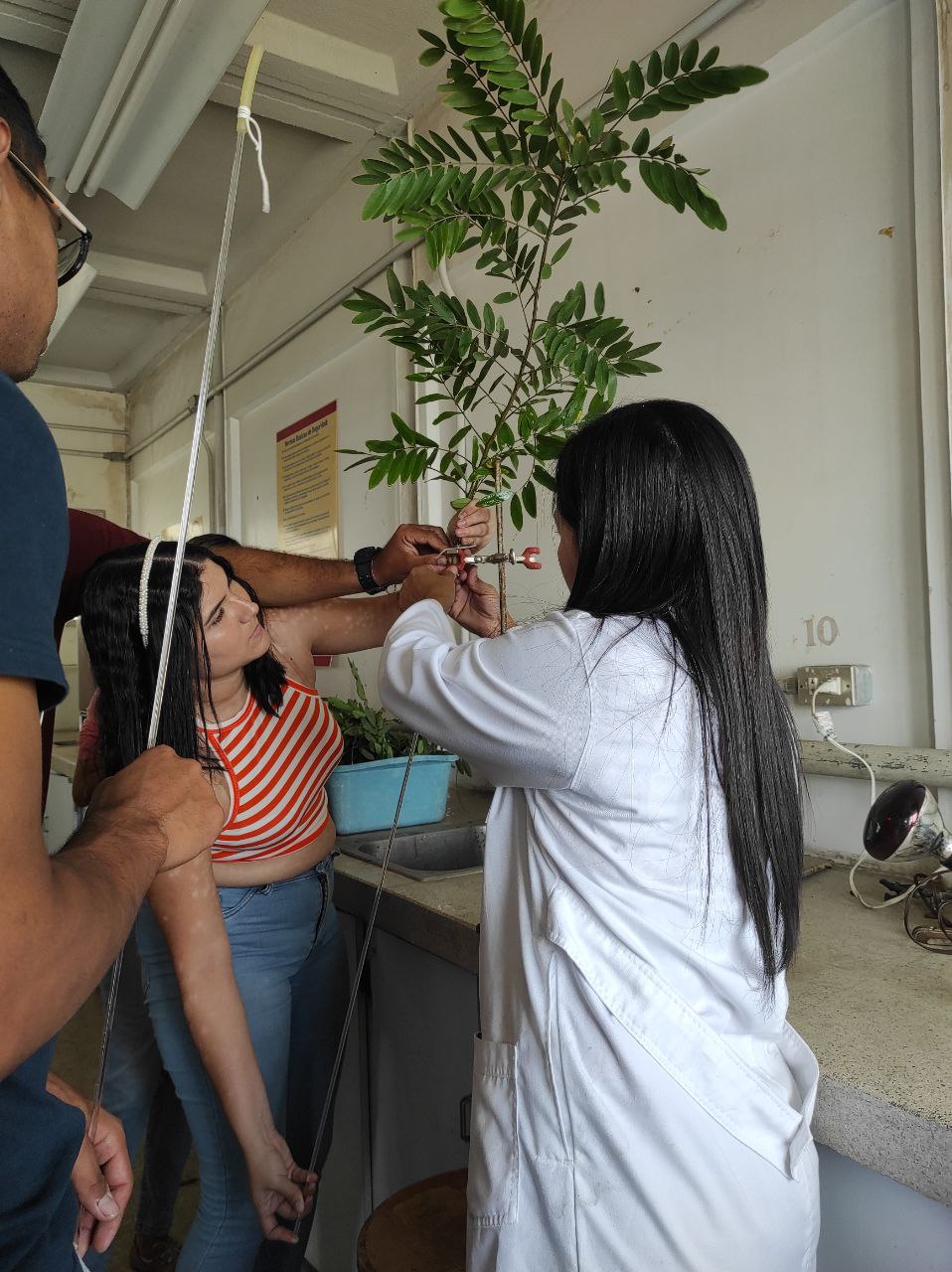
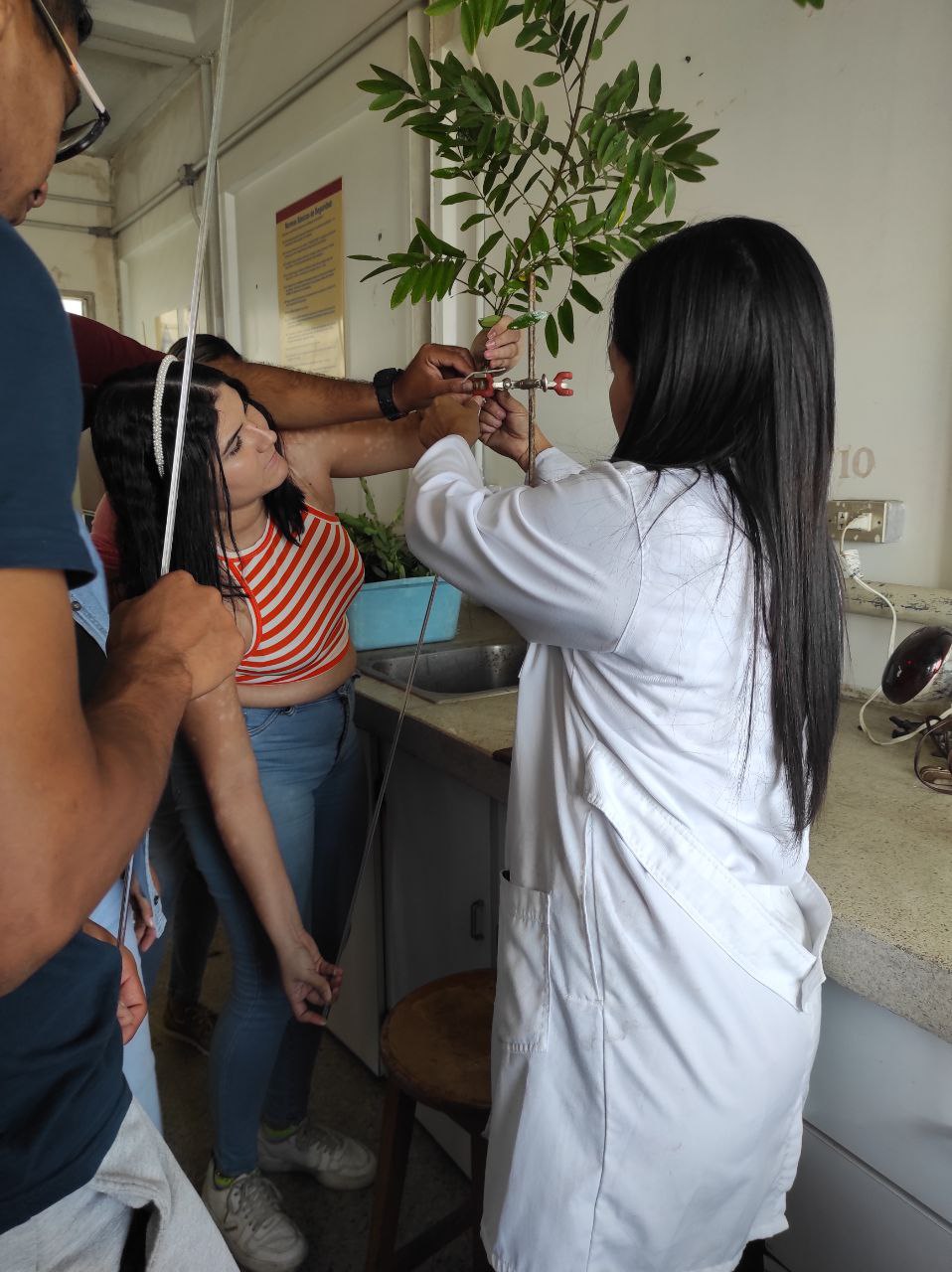
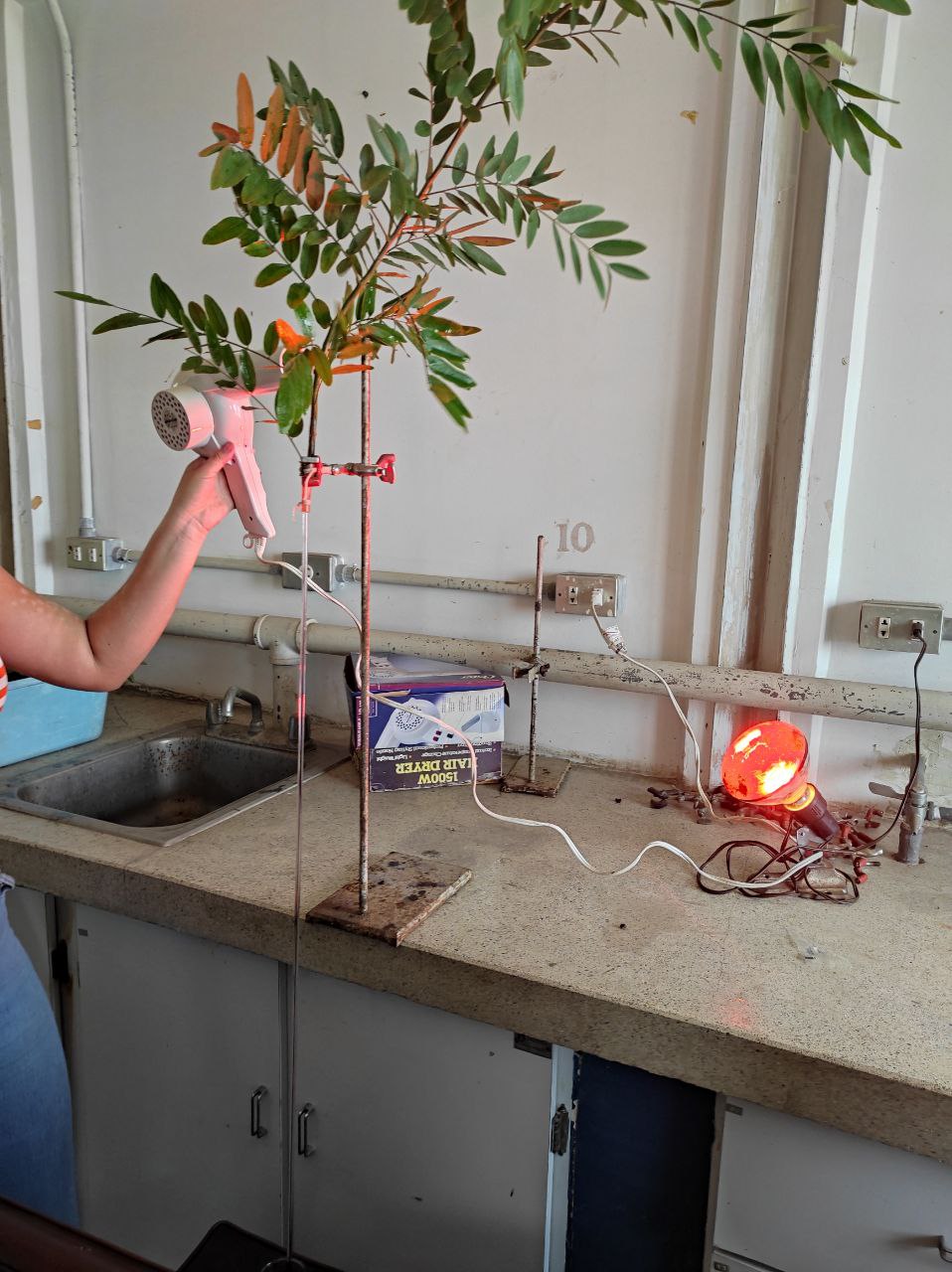
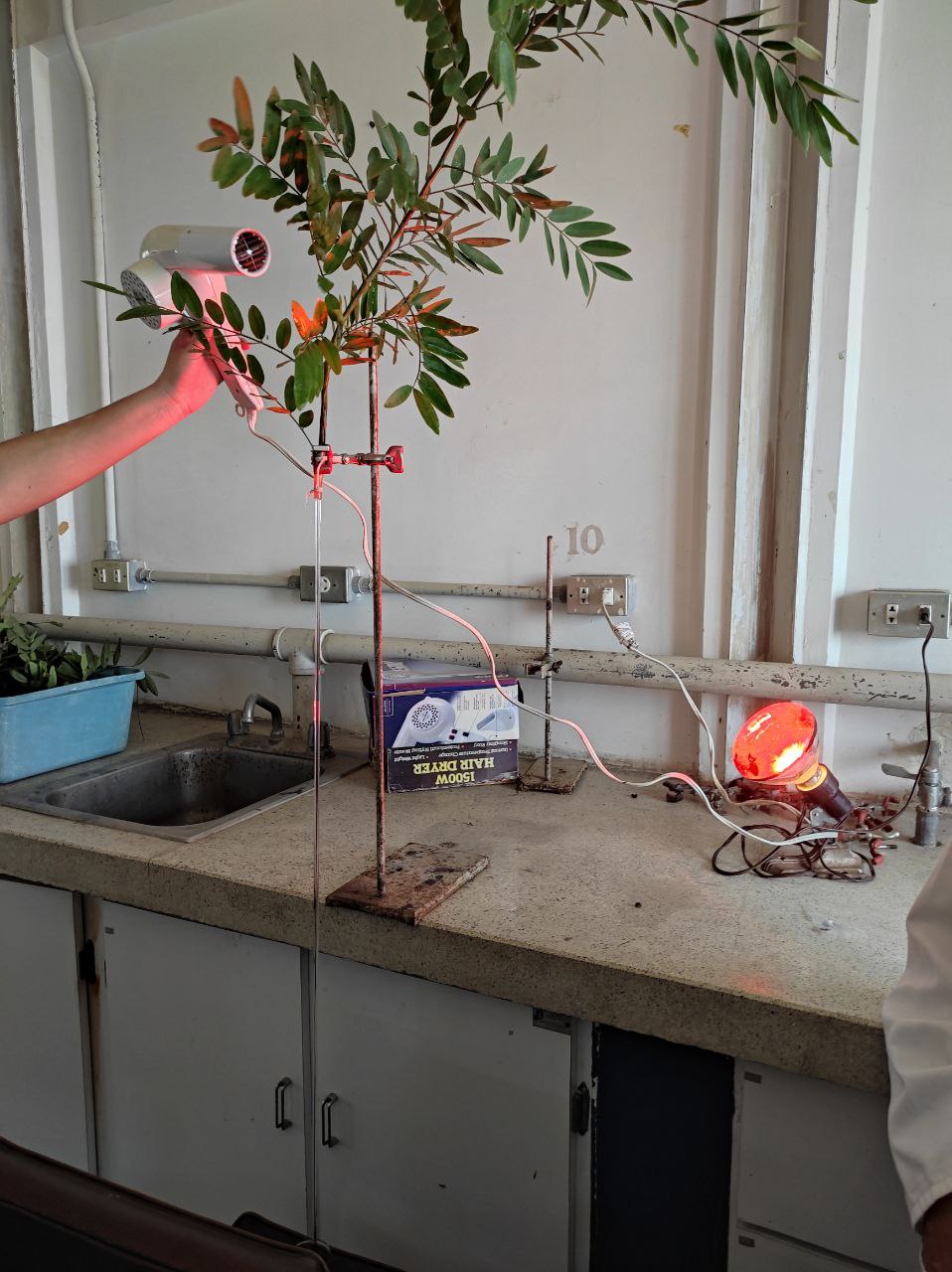
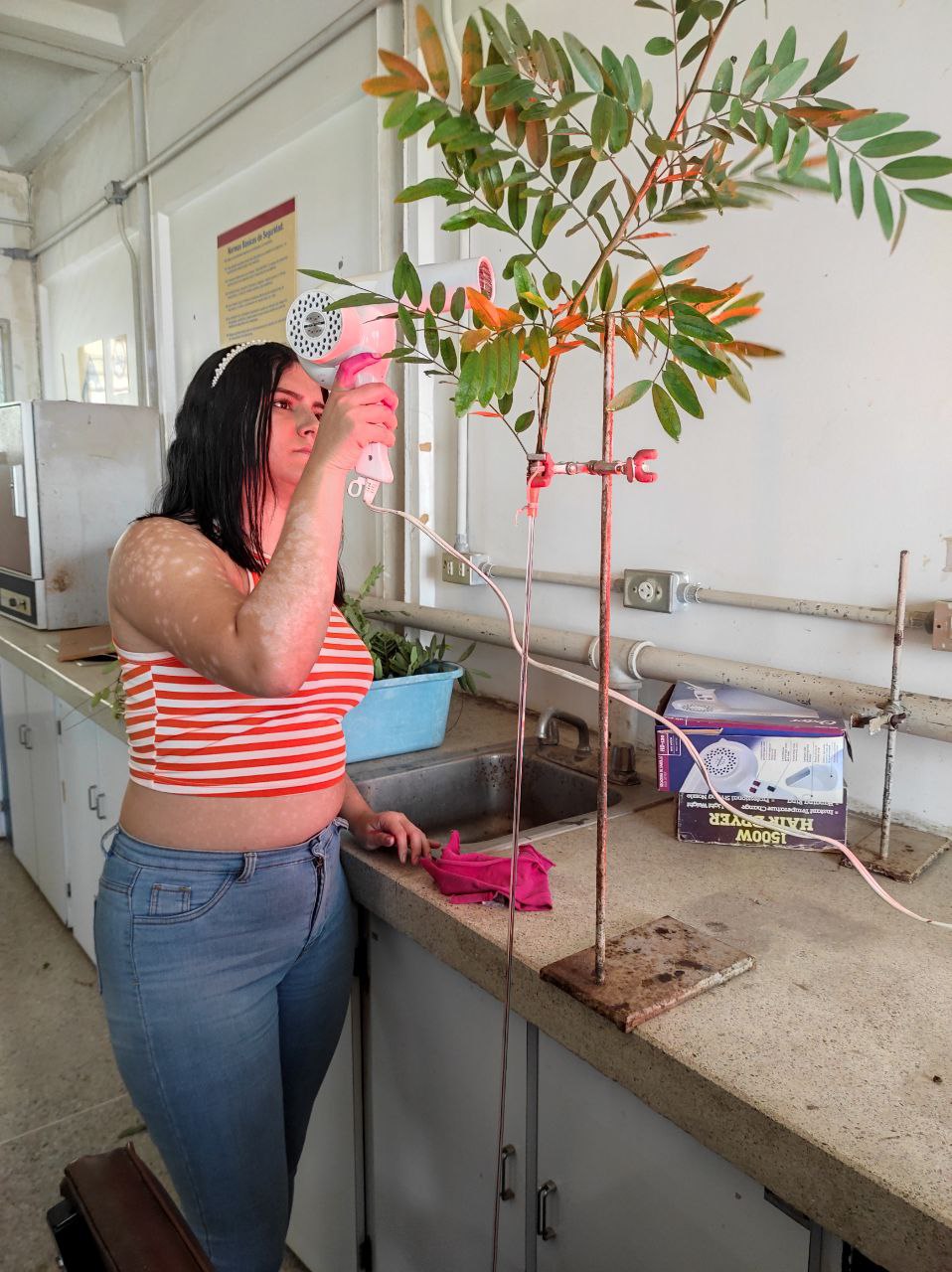
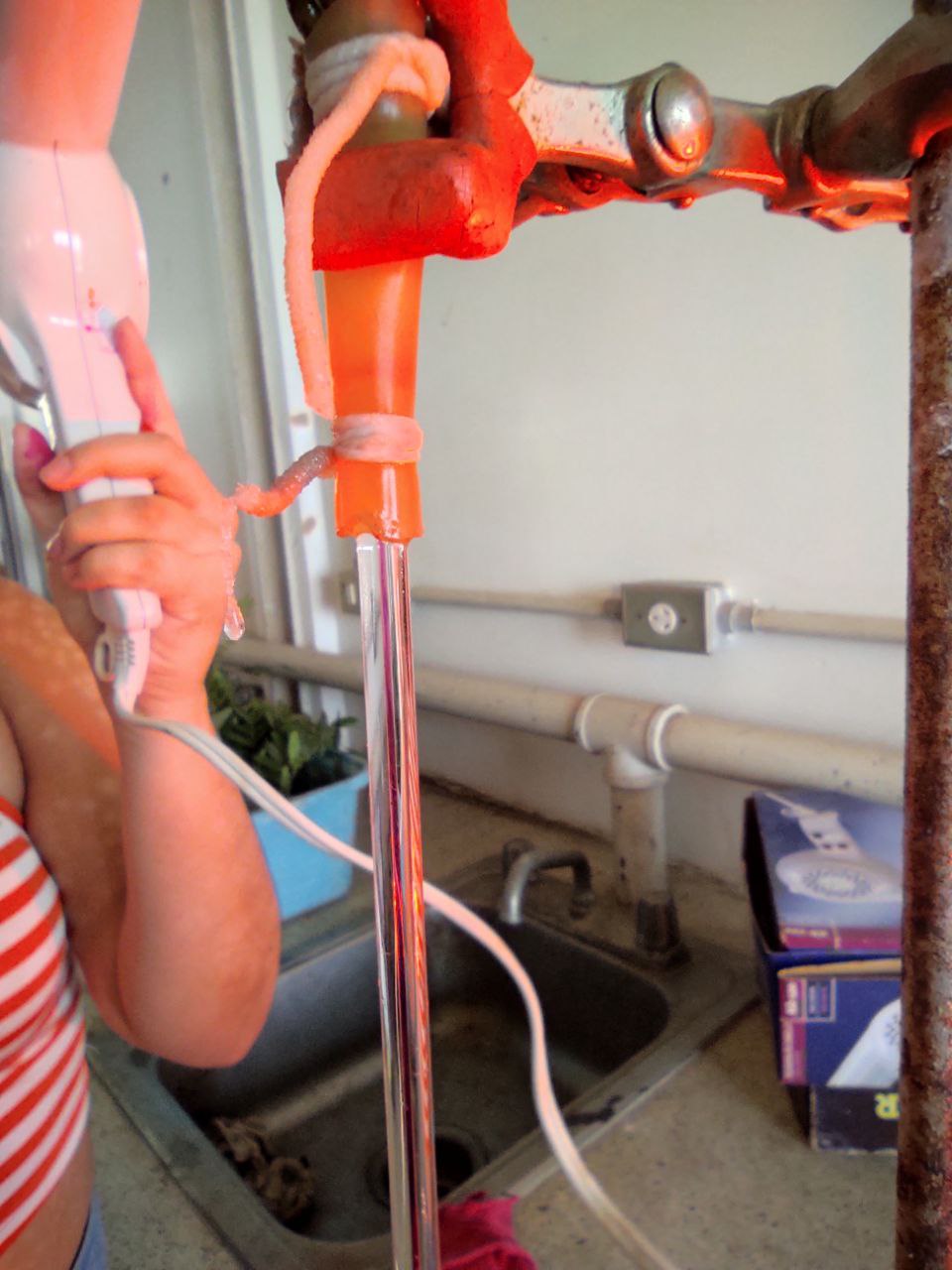
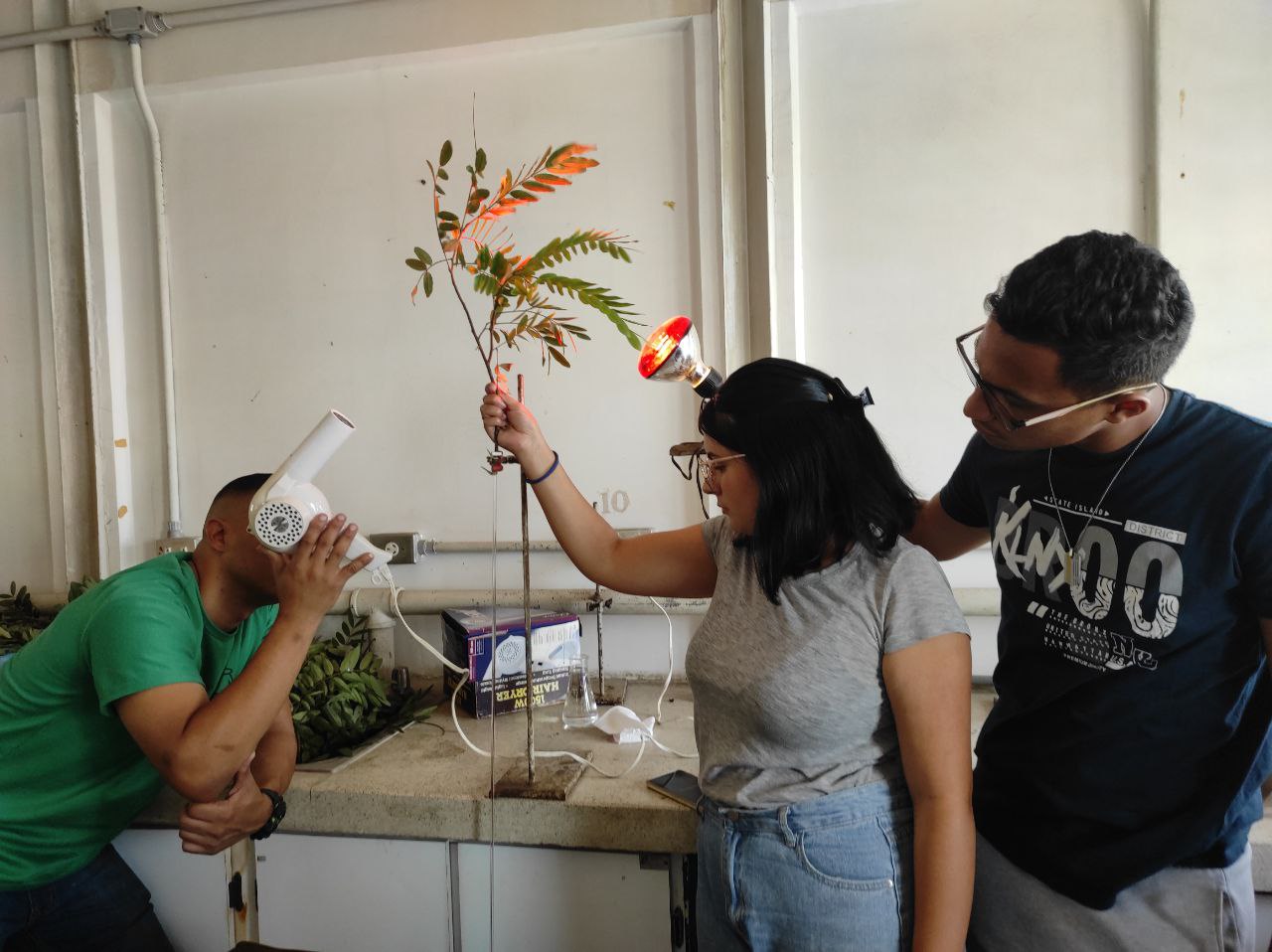

En otro caso con un poco de Celery probamos la absorción por capilaridad y como influye la temperatura del agua en la absorción de las plantas, podemos ver que el tinte llego hasta las hojas y se podía ver.
Otro fenómeno es la gutación, cuando ciertas plantas, sometidas a ciertas condiciones liberan agua a través de estomas modificados y se generan gotas al rededor de las hojas.
In another case with some Celery we tested the capillary absorption and how the temperature of the water influences the absorption of the plants, we can see that the dye reached the leaves and could be seen.
Another phenomenon is the gutation, when certain plants, under certain conditions, release water through modified stomata and droplets are generated around the leaves.
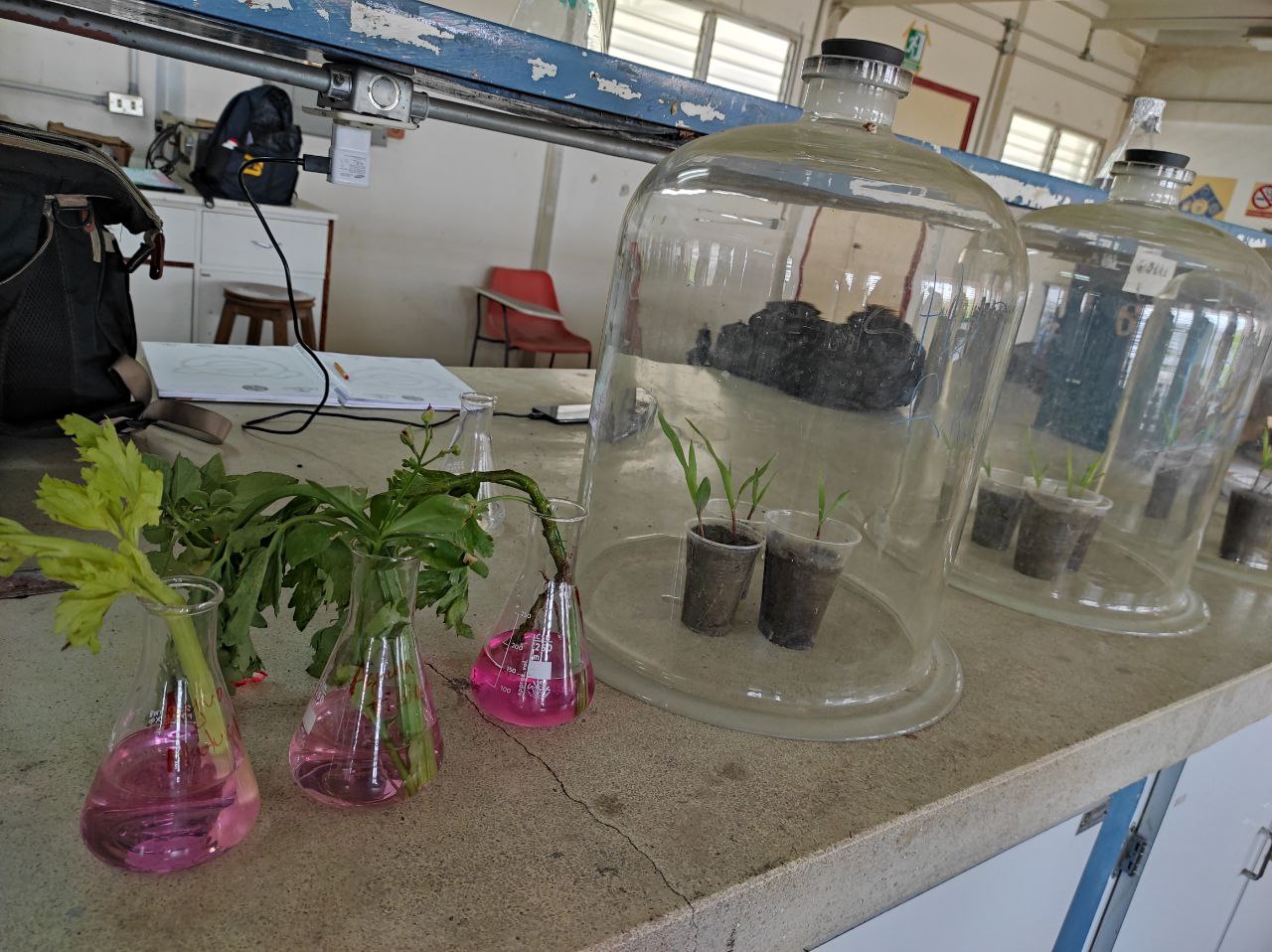
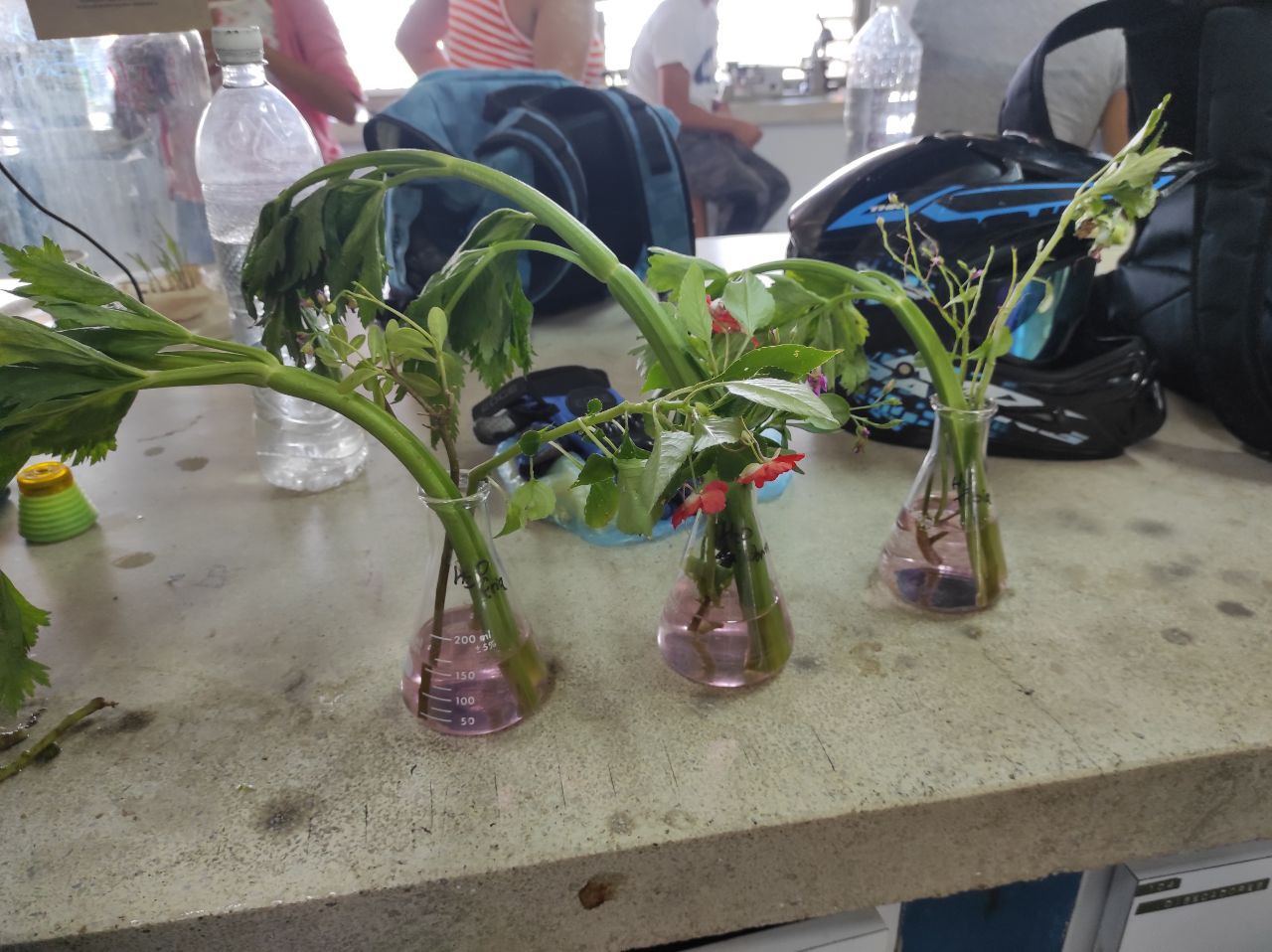
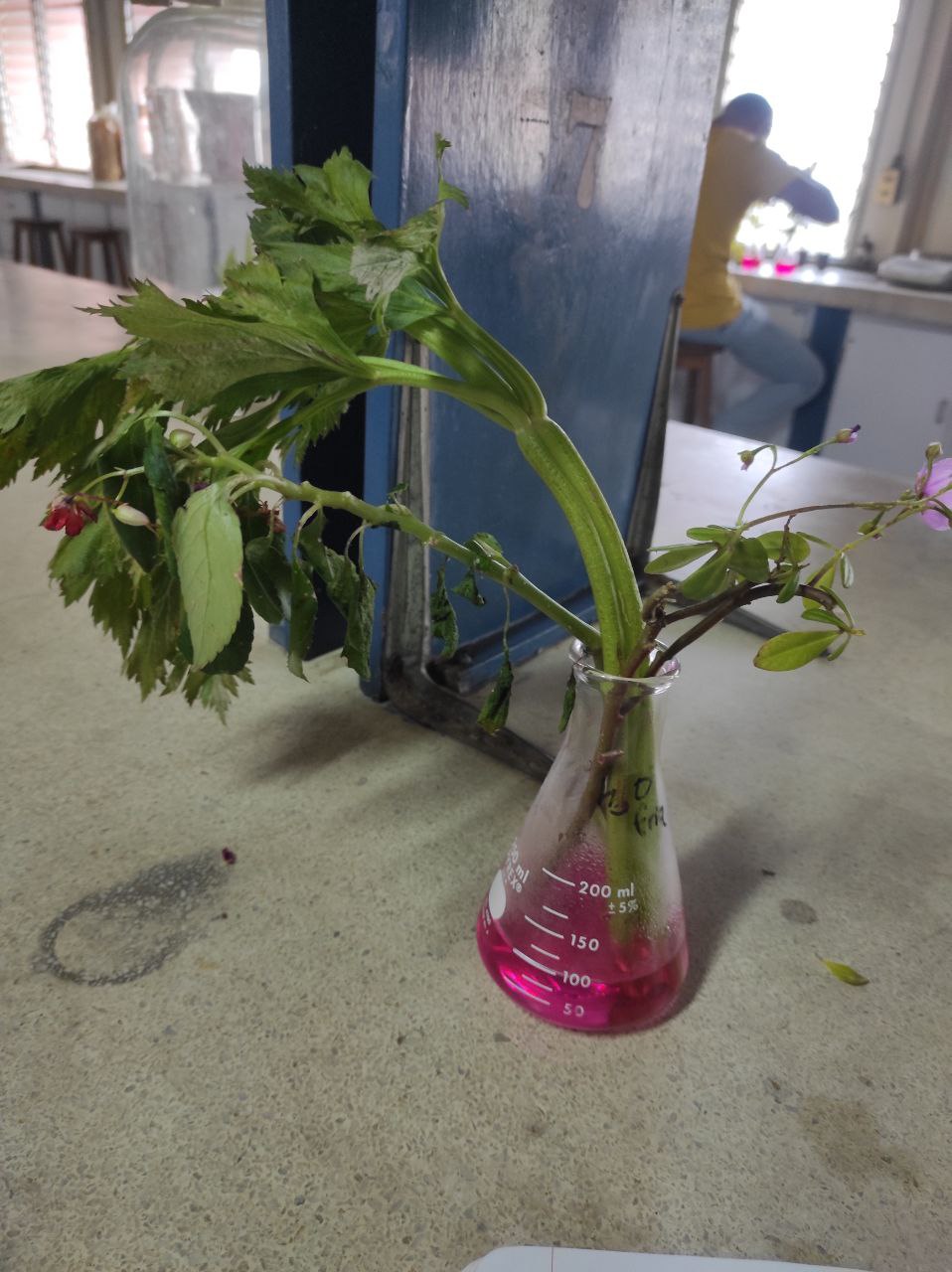
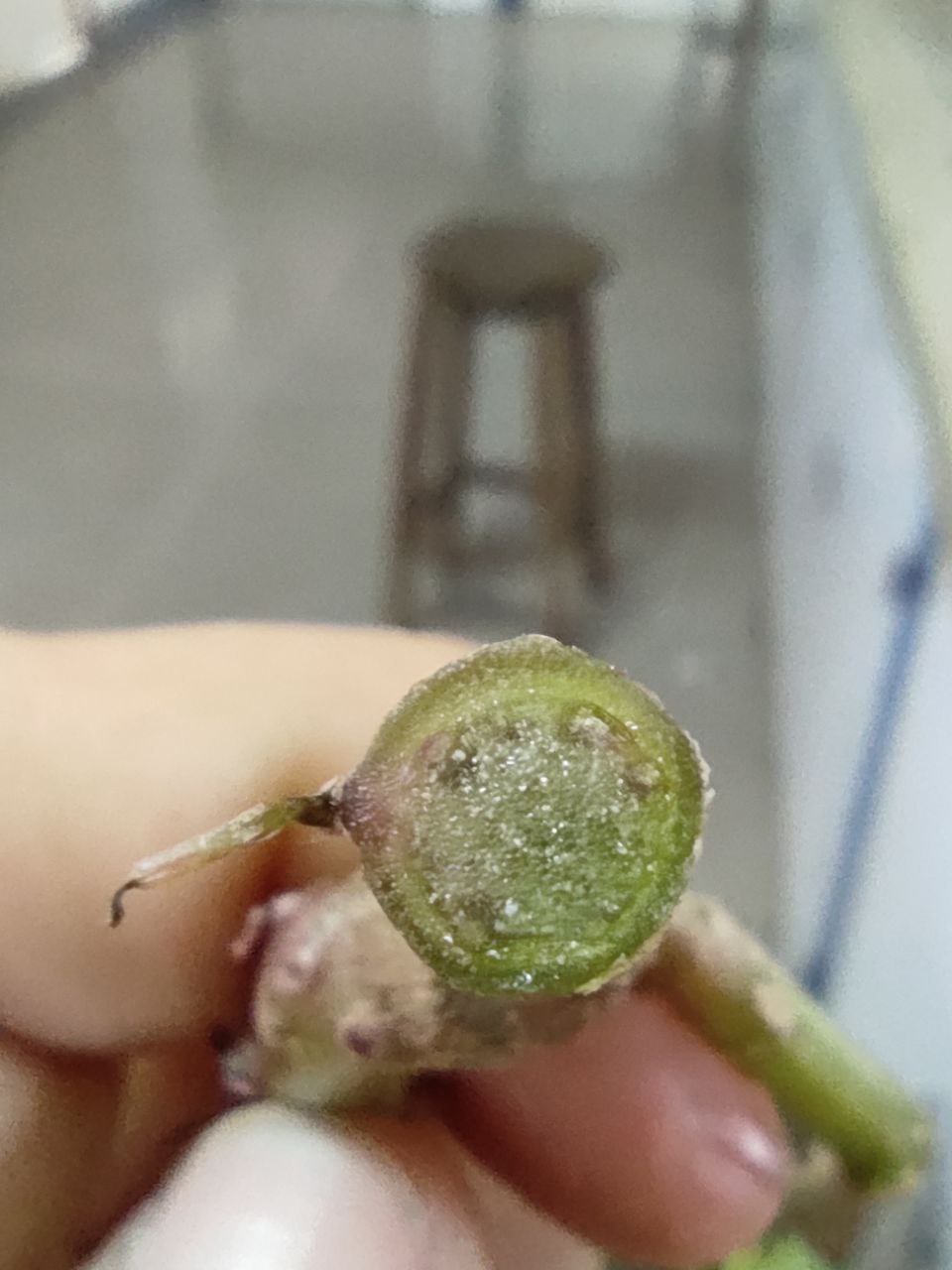
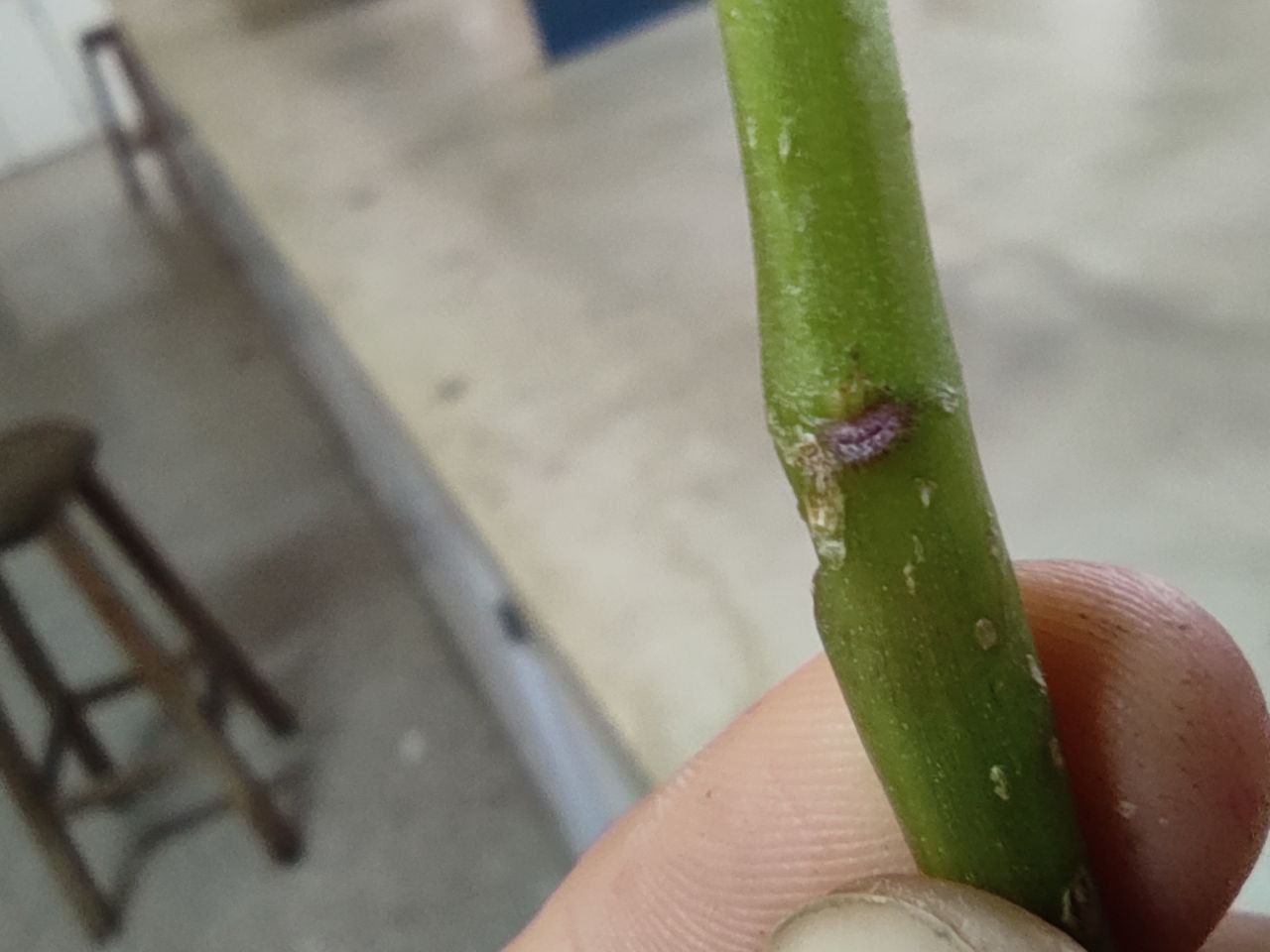
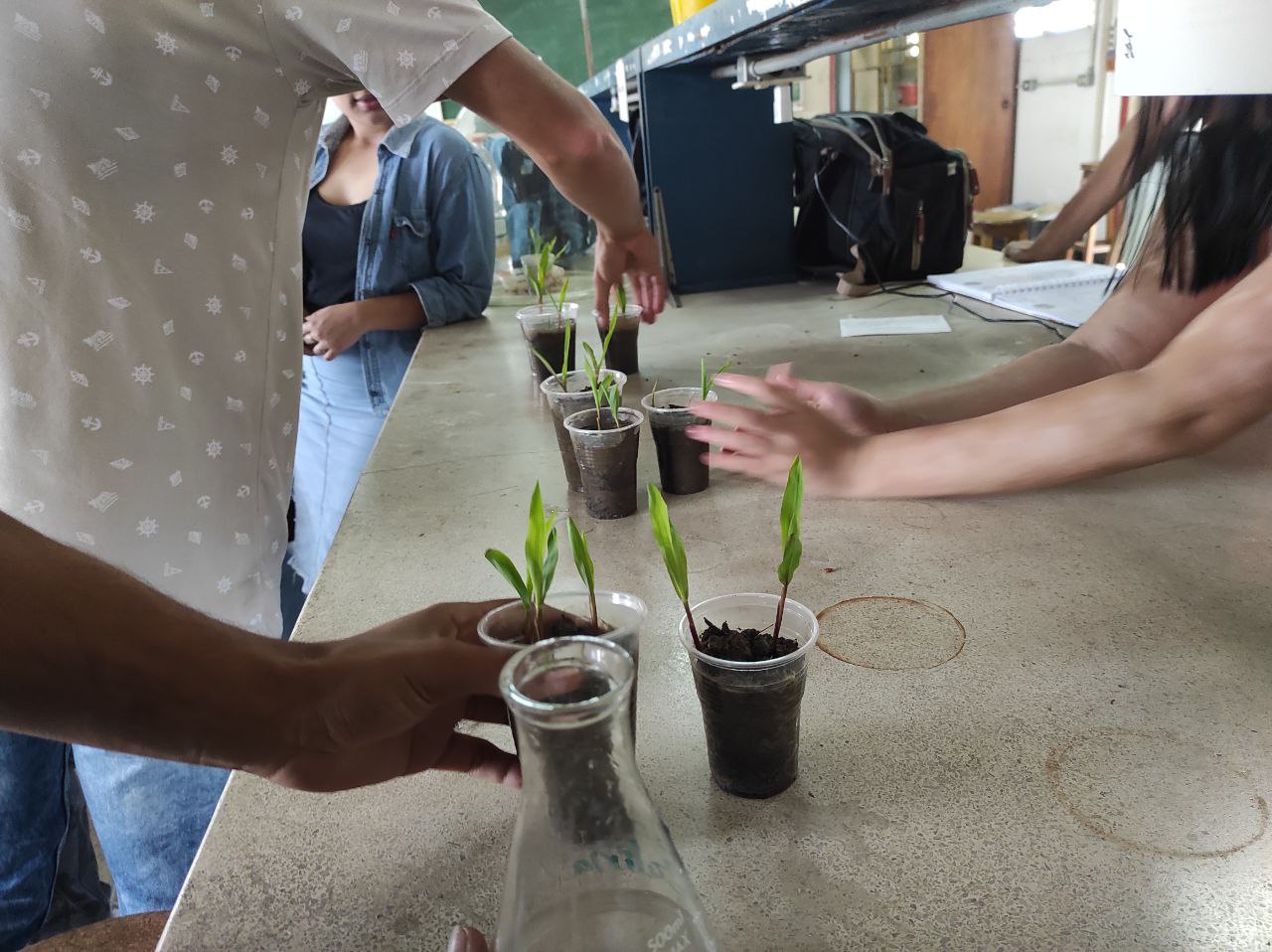
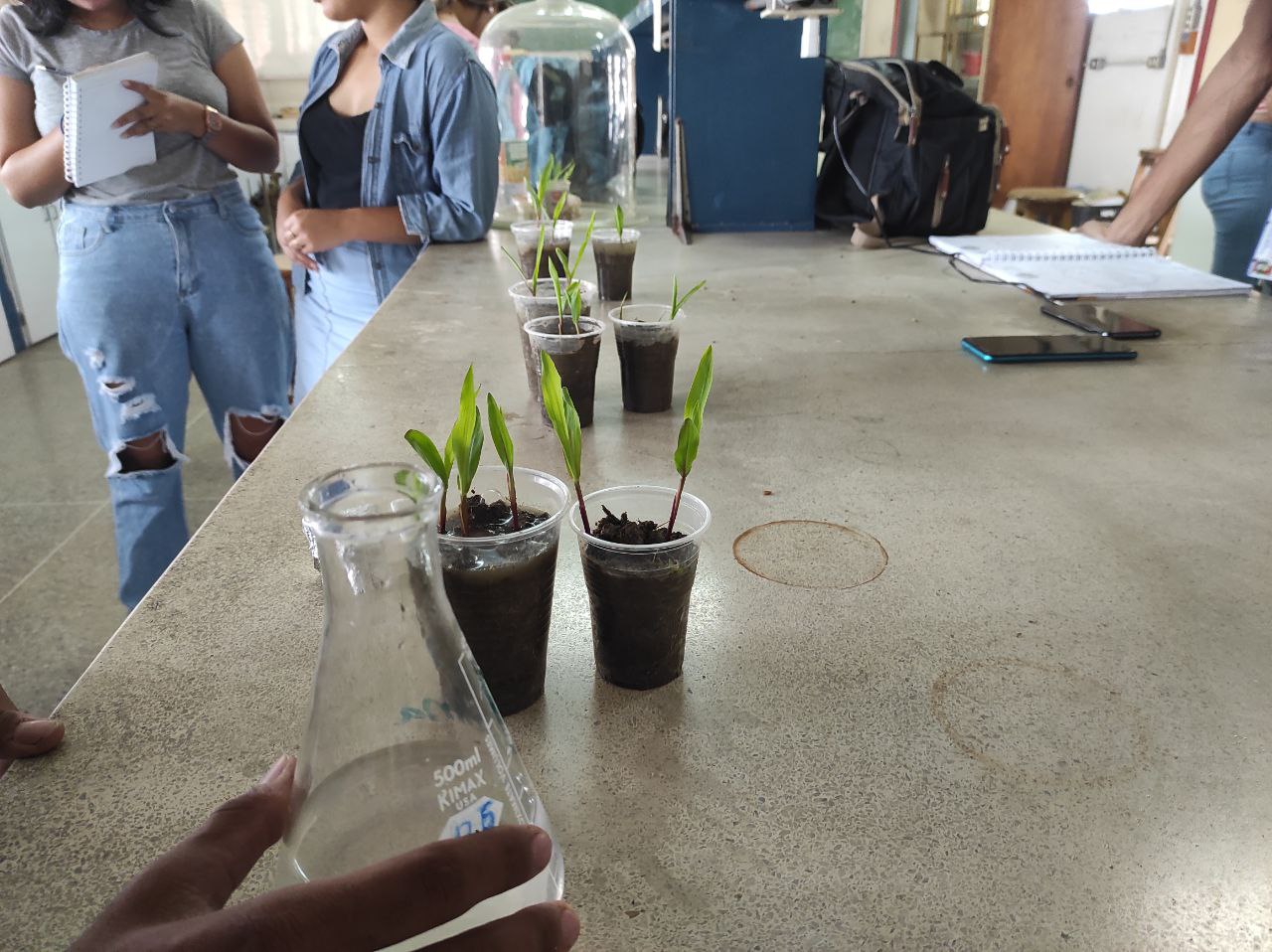
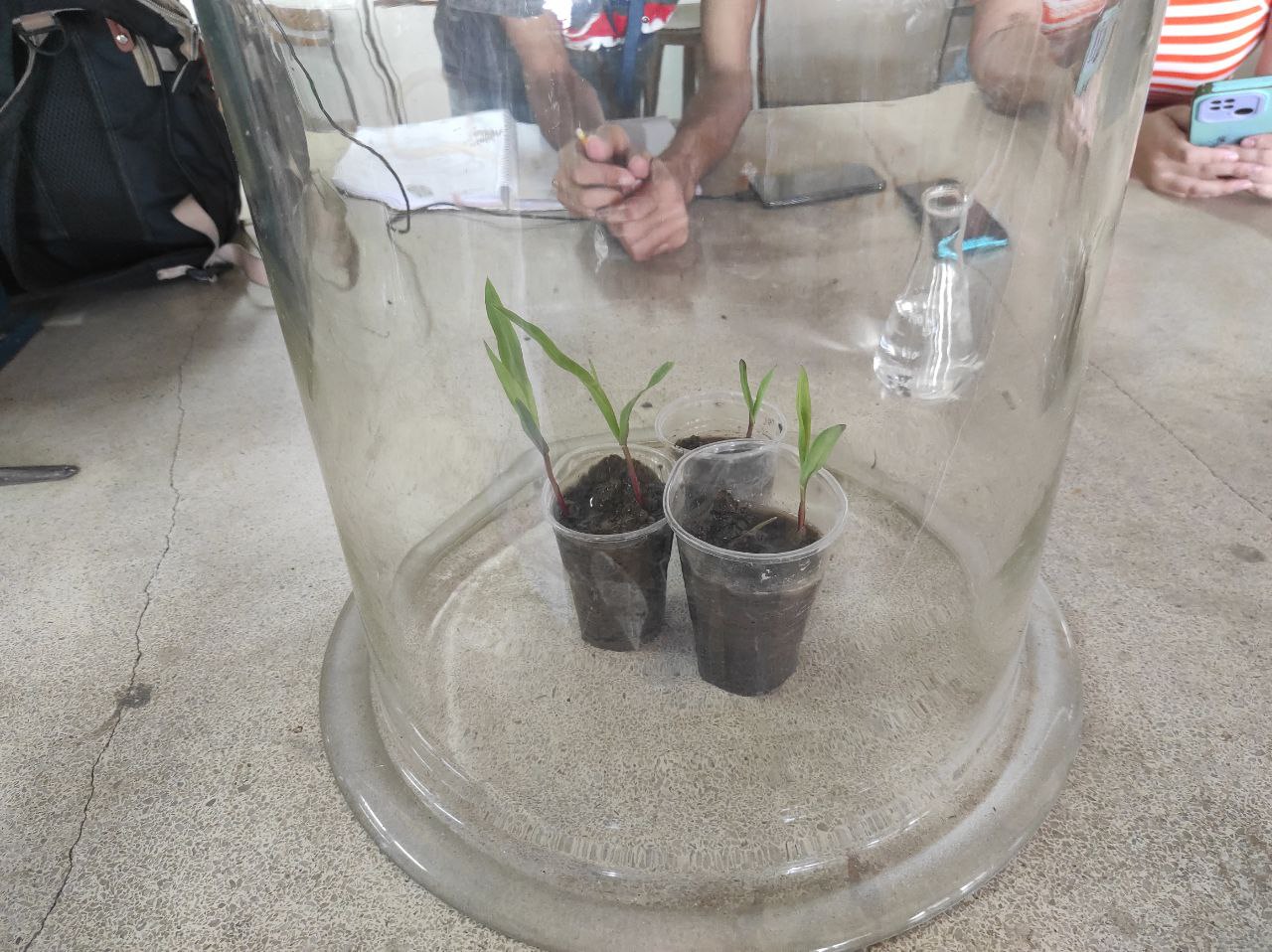
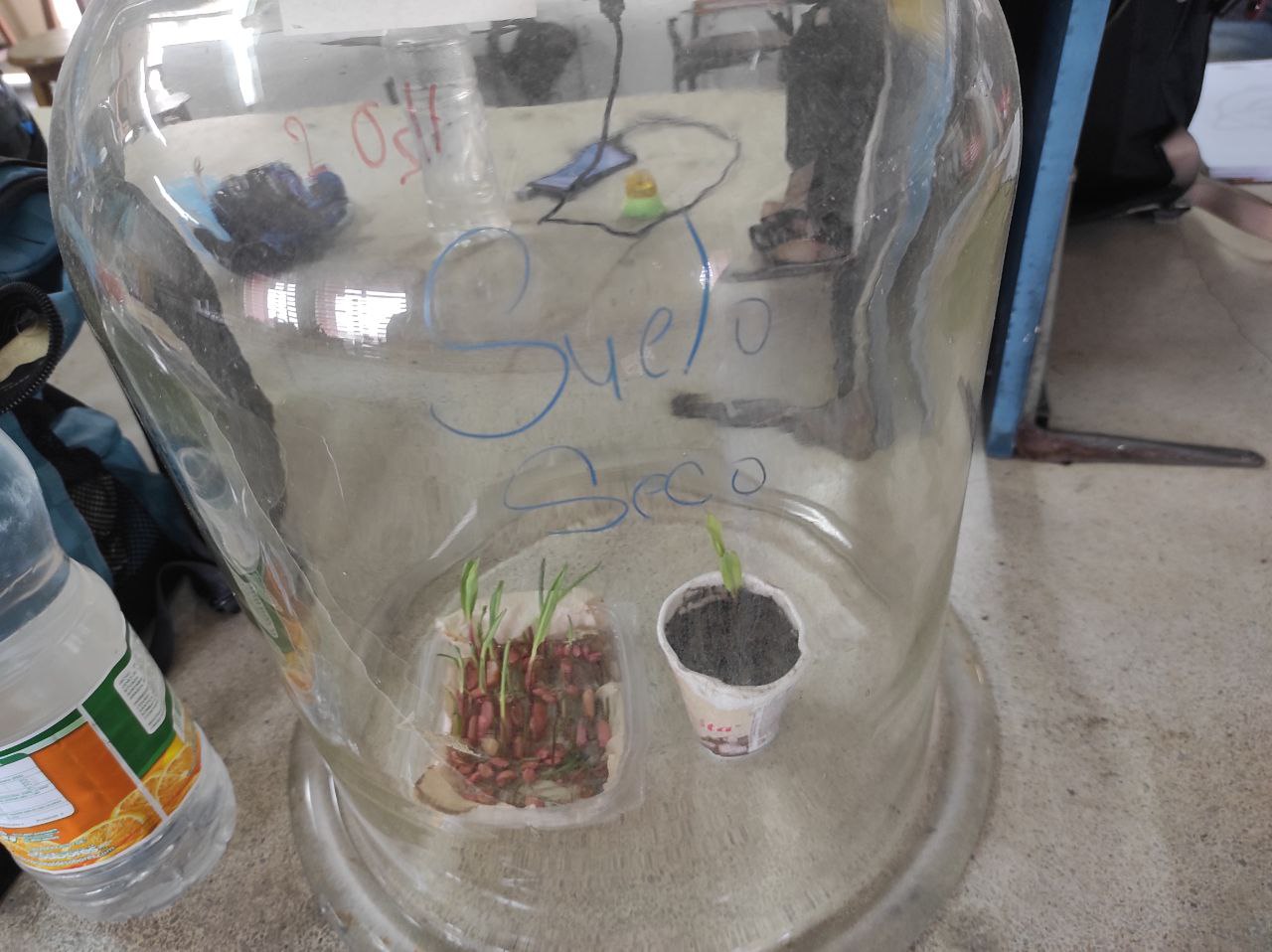
Ambos métodos corresponden a la absorción pasiva y activa del agua, y uno de ellos nos explica la manera de absorción y transpiración en las plantas.
Both methods correspond to the passive and active absorption of water, and one of them explains the way of absorption and transpiration in plants.
En el caso de Química agrícola nos vamos a la determinación de muestras como Fosforo, potasio y en algunos casos nitrógeno en fertilizantes, usamos los aparatos adecuados para la medición de estos elementos y como es el proceso. Además de eso hicimos titulaciones y creamos curvas de patrón para saber el porcentaje exacto de las muestras de fertilizantes.
In the case of agricultural chemistry, we are going to the determination of samples such as phosphorus, potassium and in some cases nitrogen in fertilisers, we use the appropriate equipment for the measurement of these elements and how the process works. In addition to that we made titrations and created standard curves to know the exact percentage of the fertiliser samples.
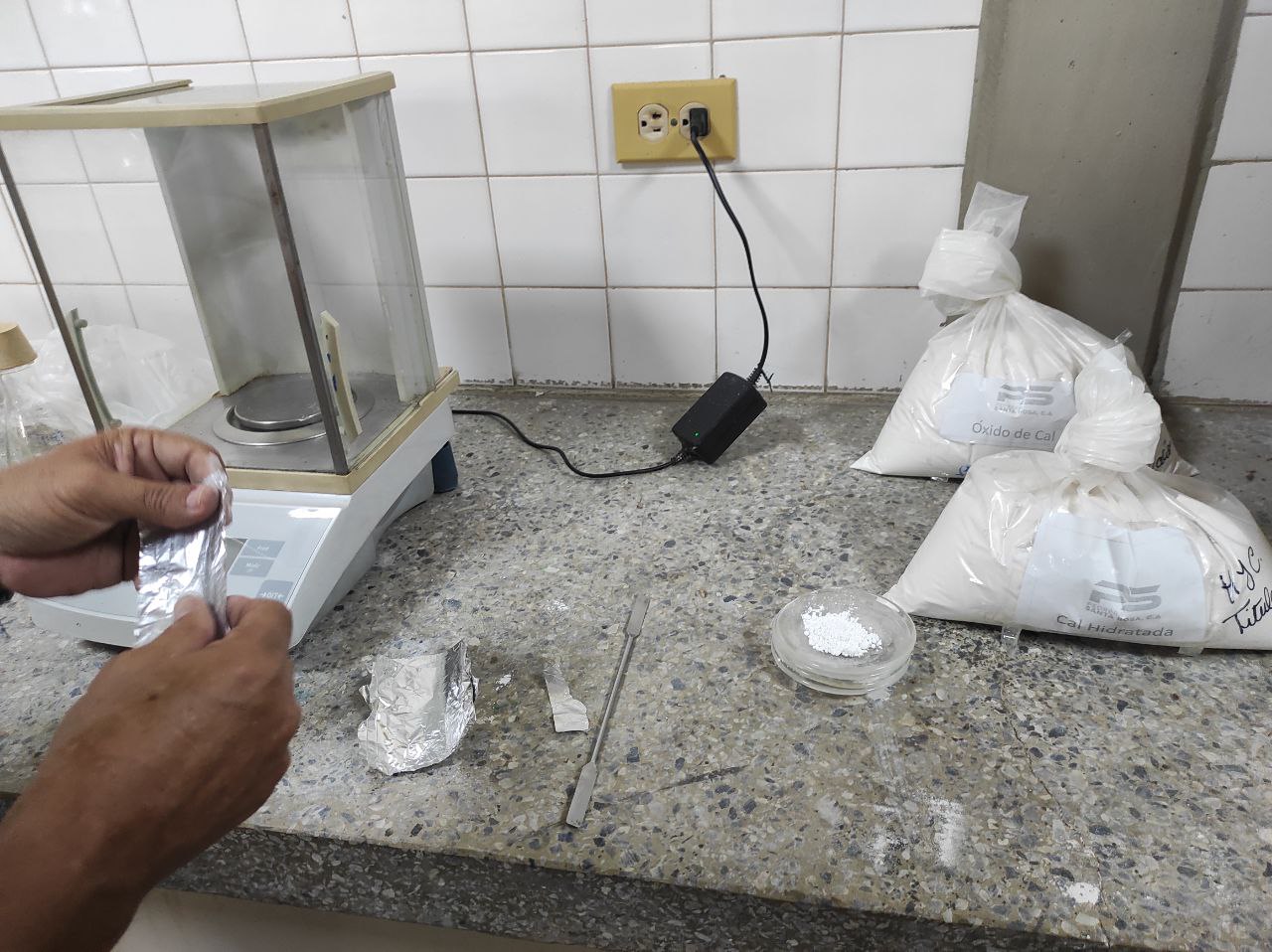
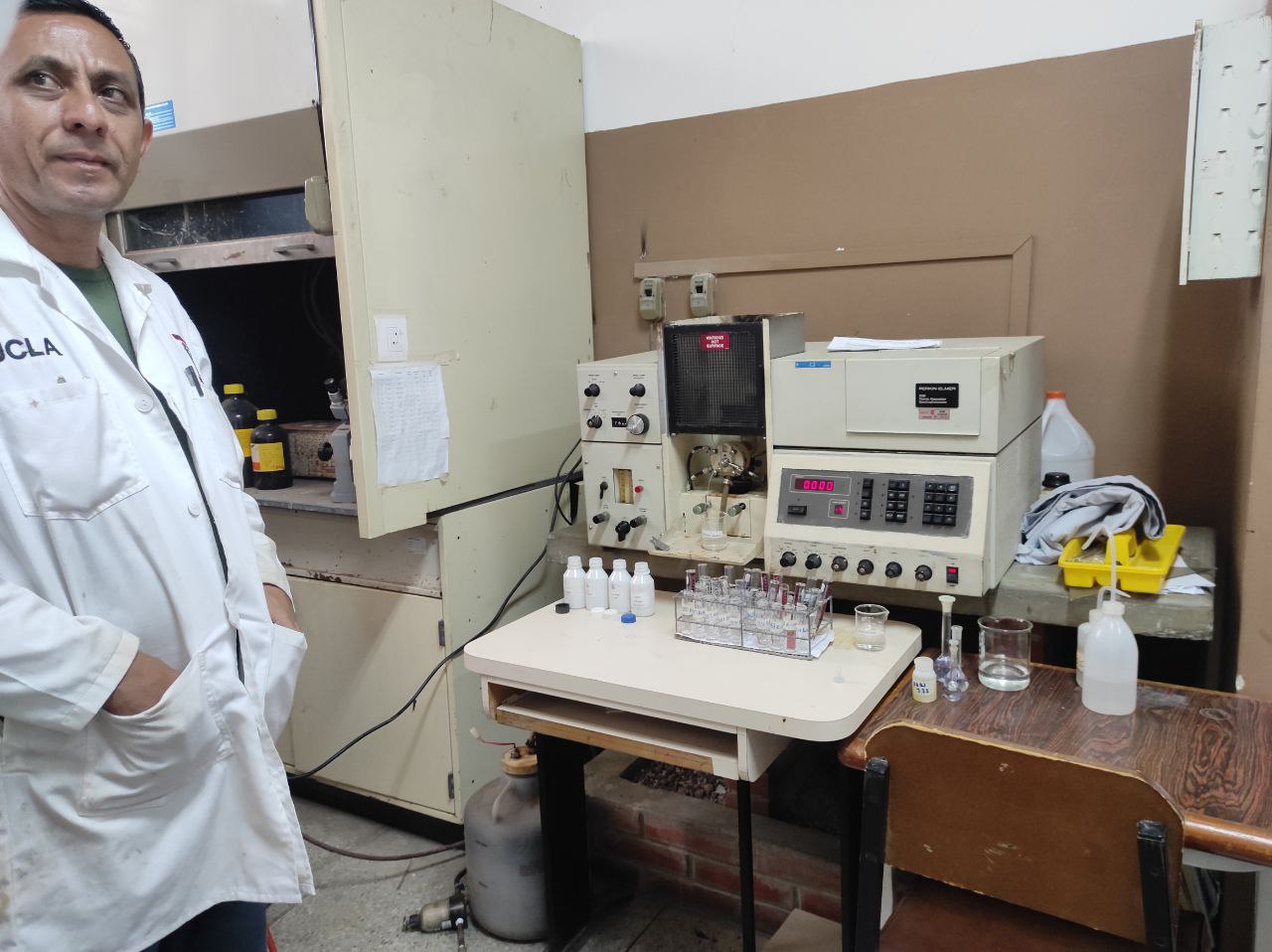

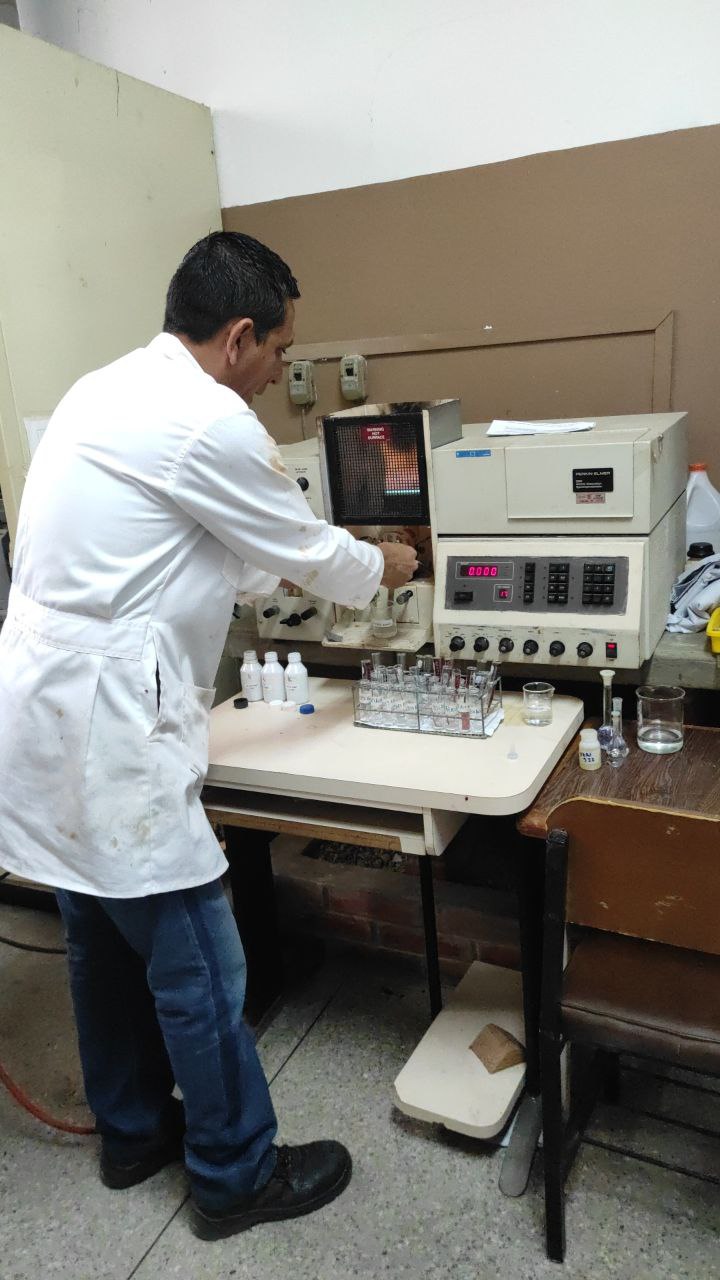
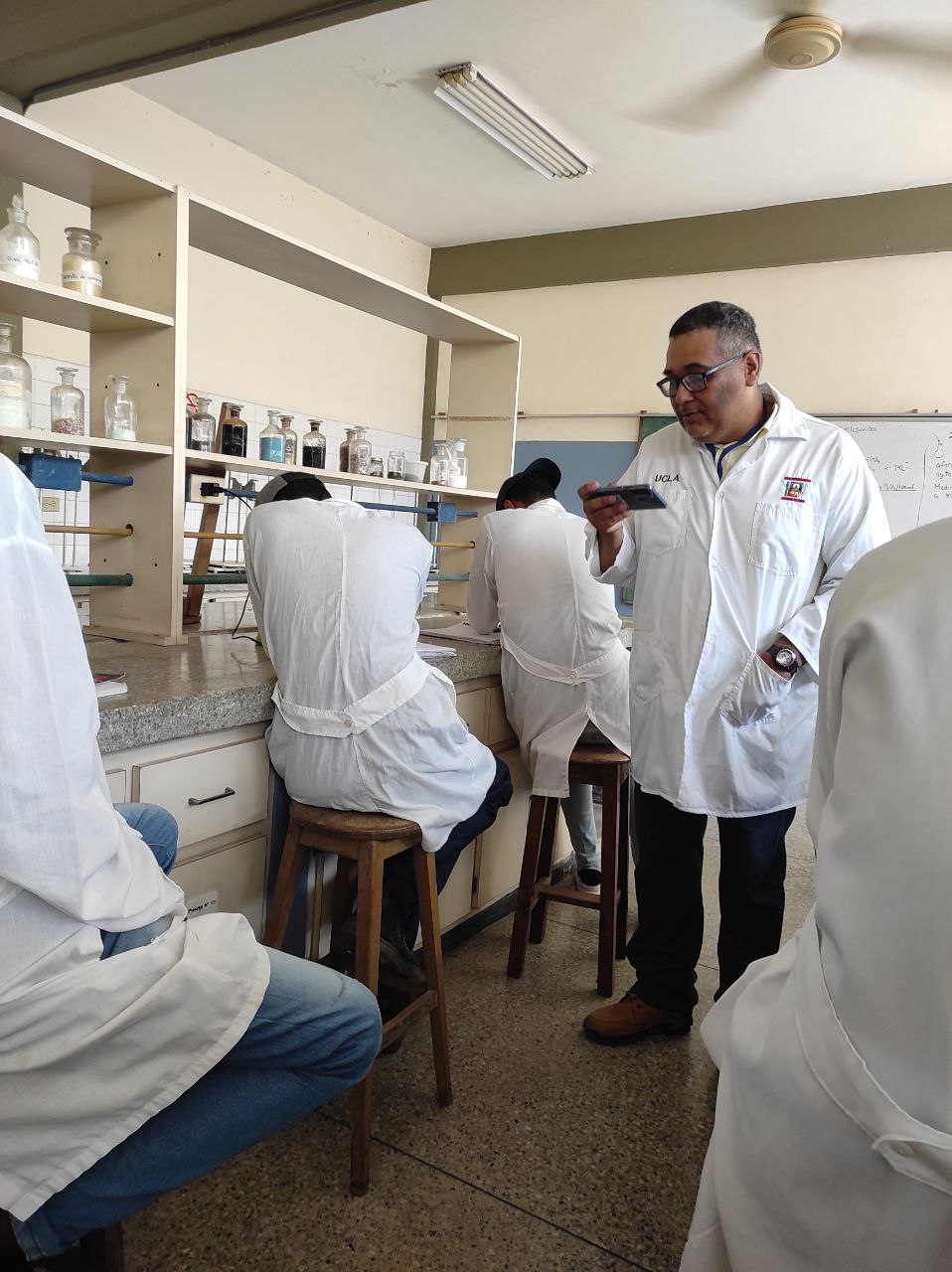
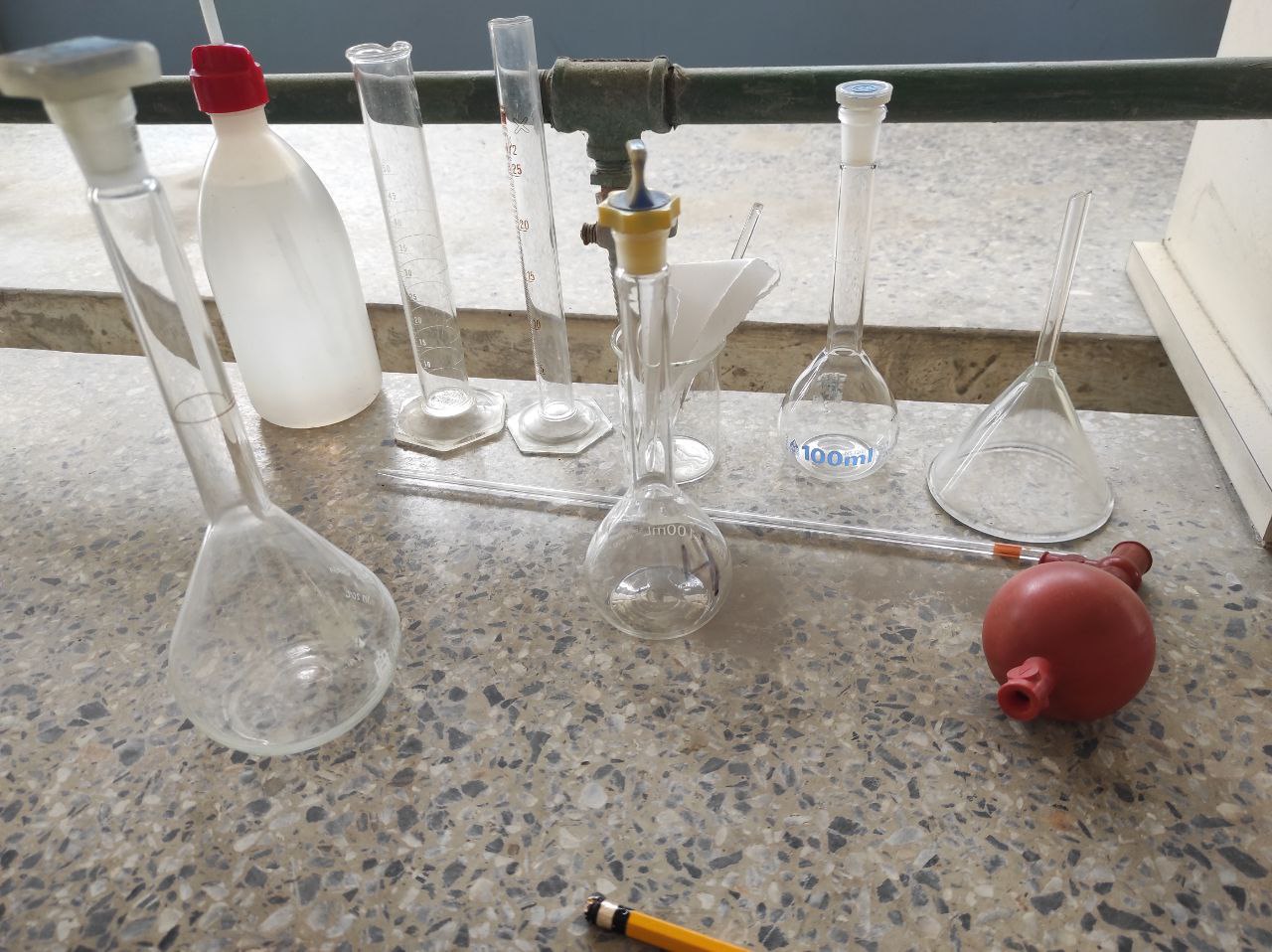
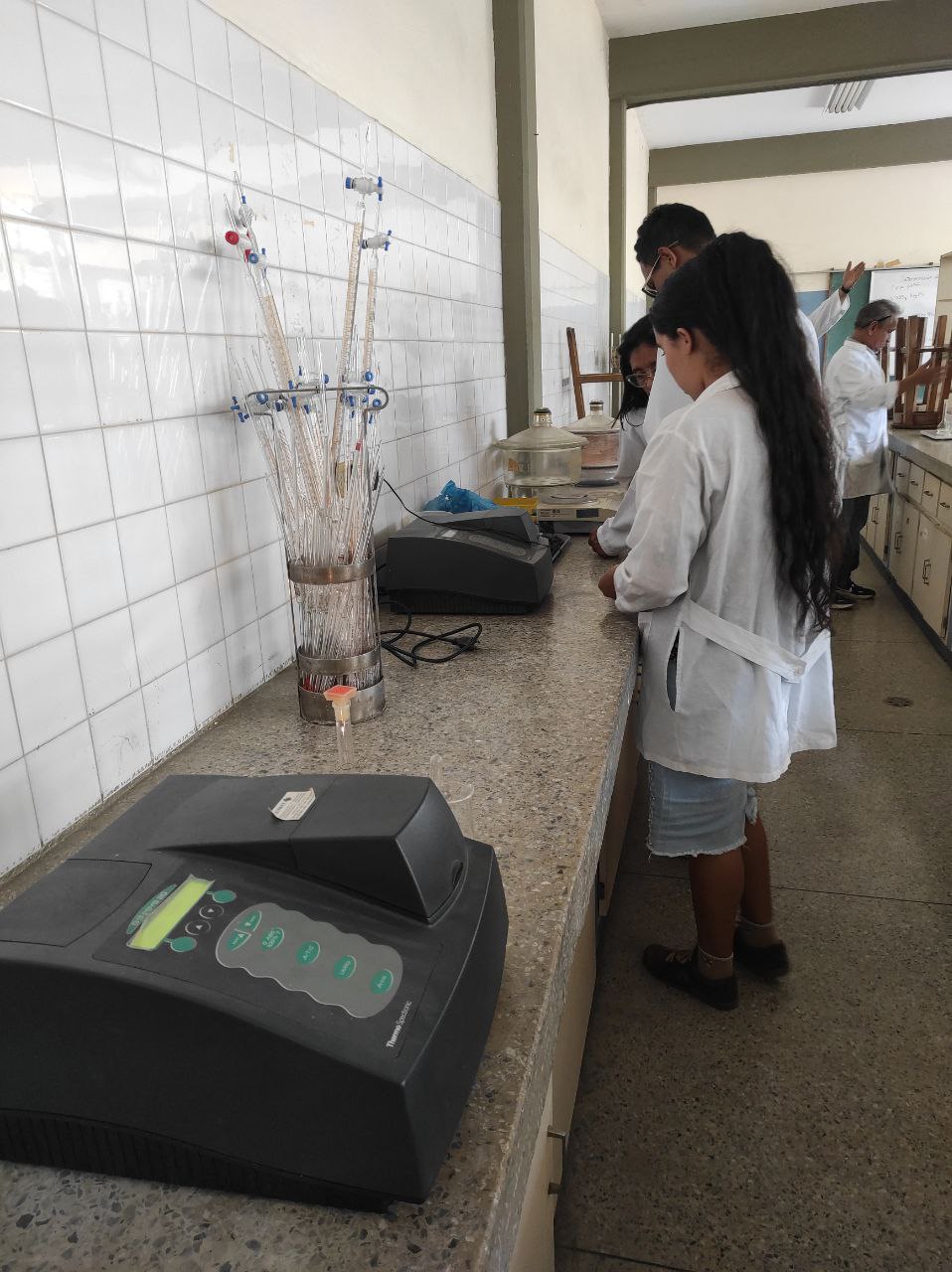
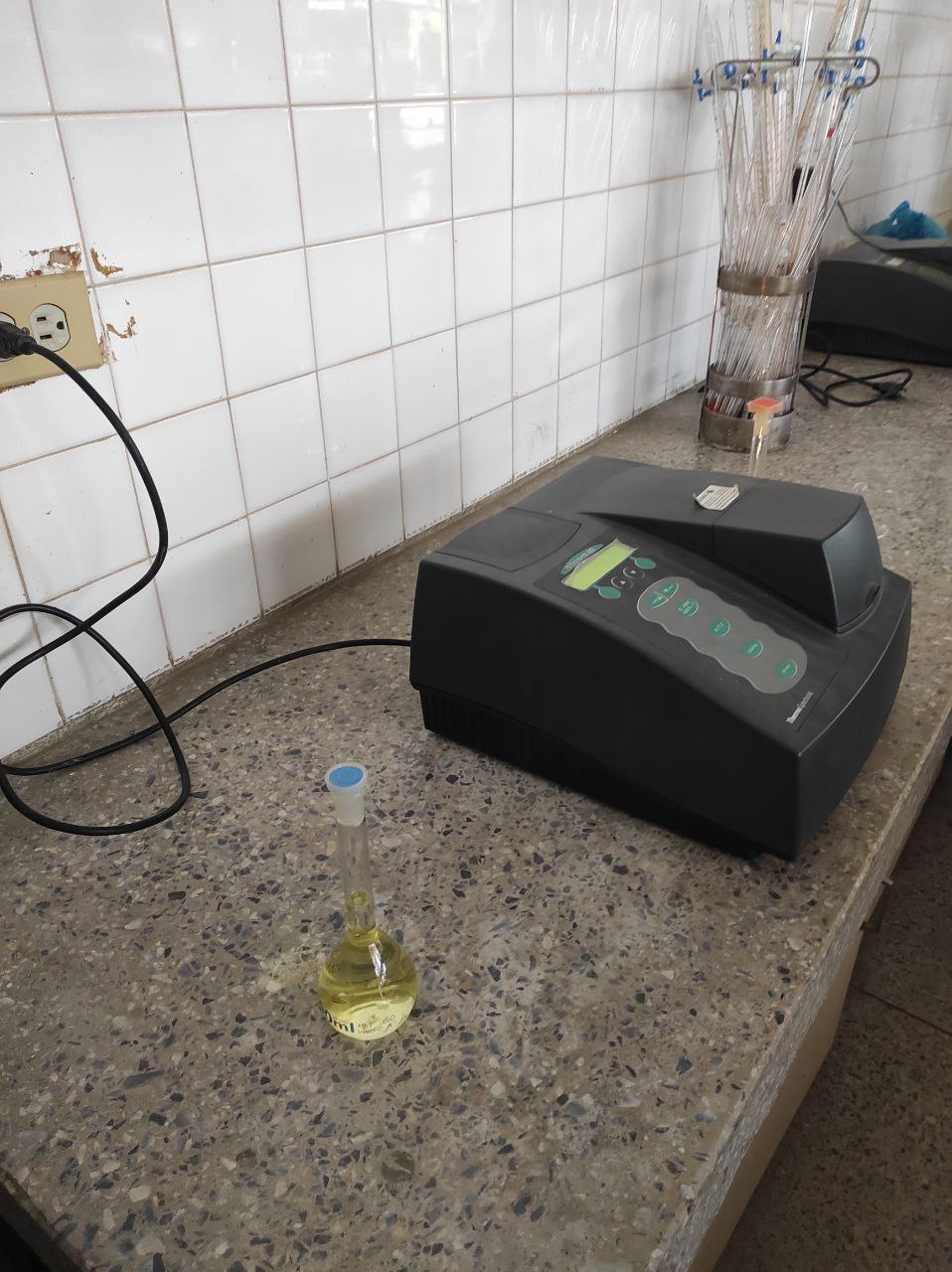

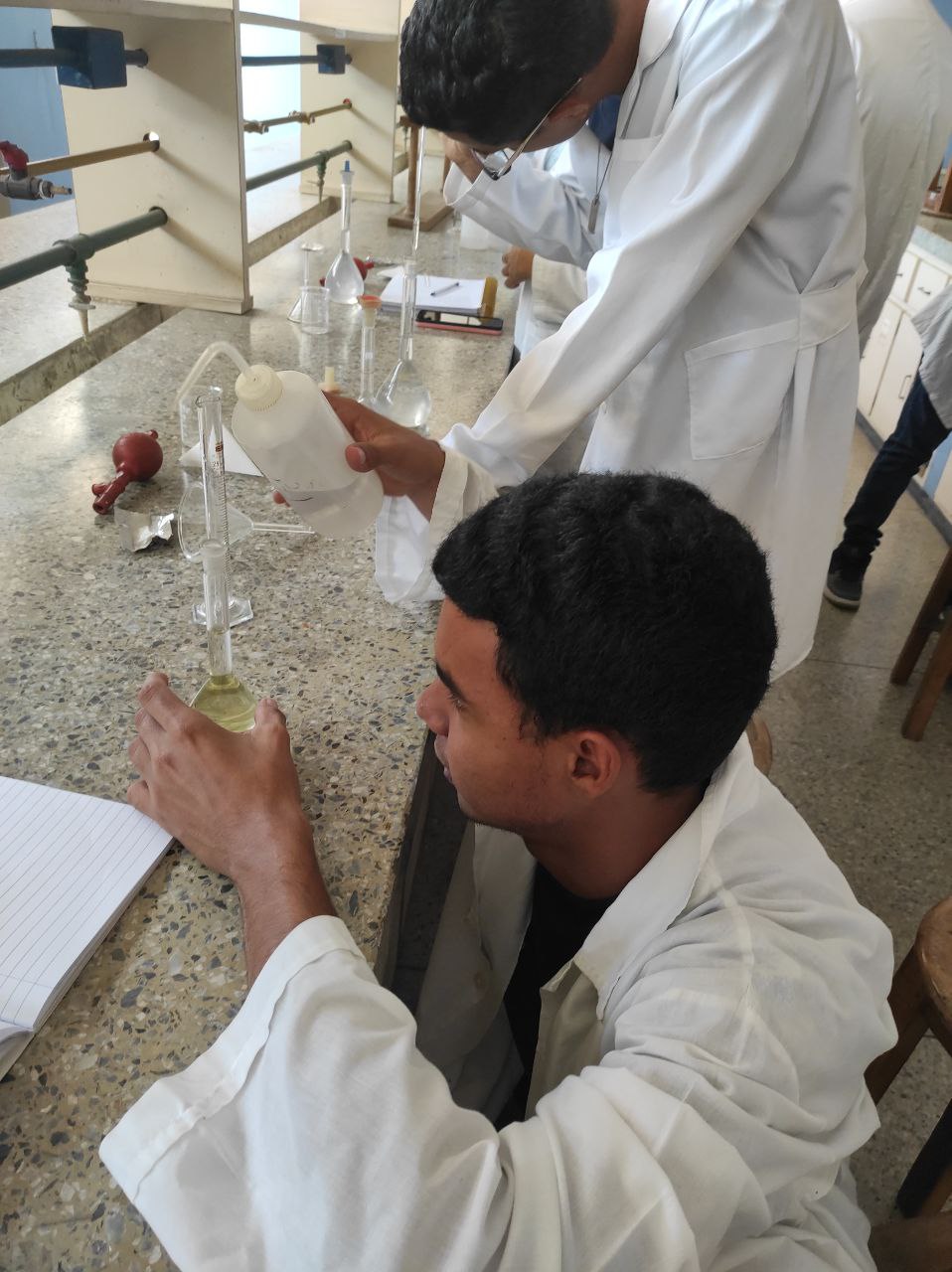
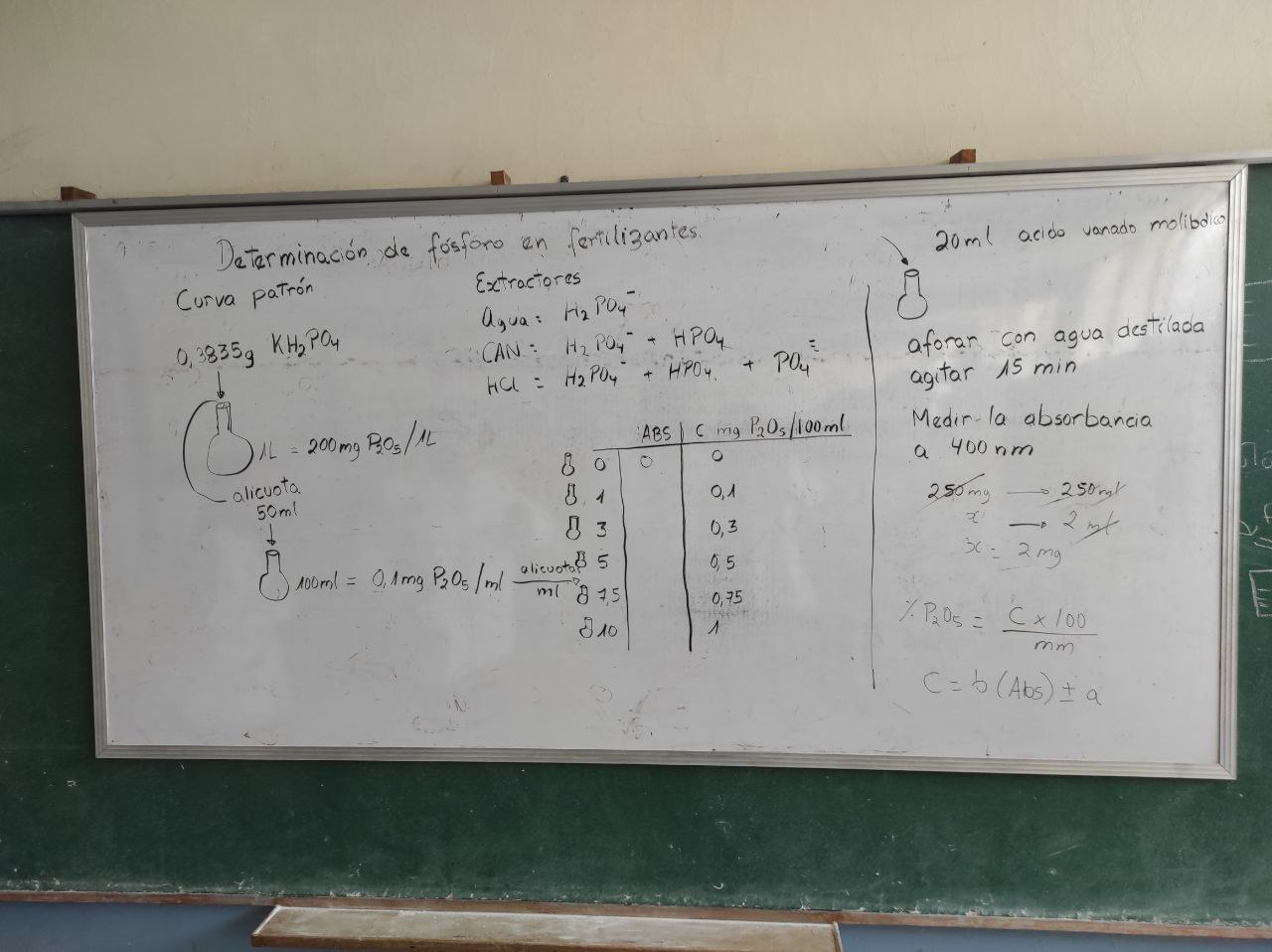
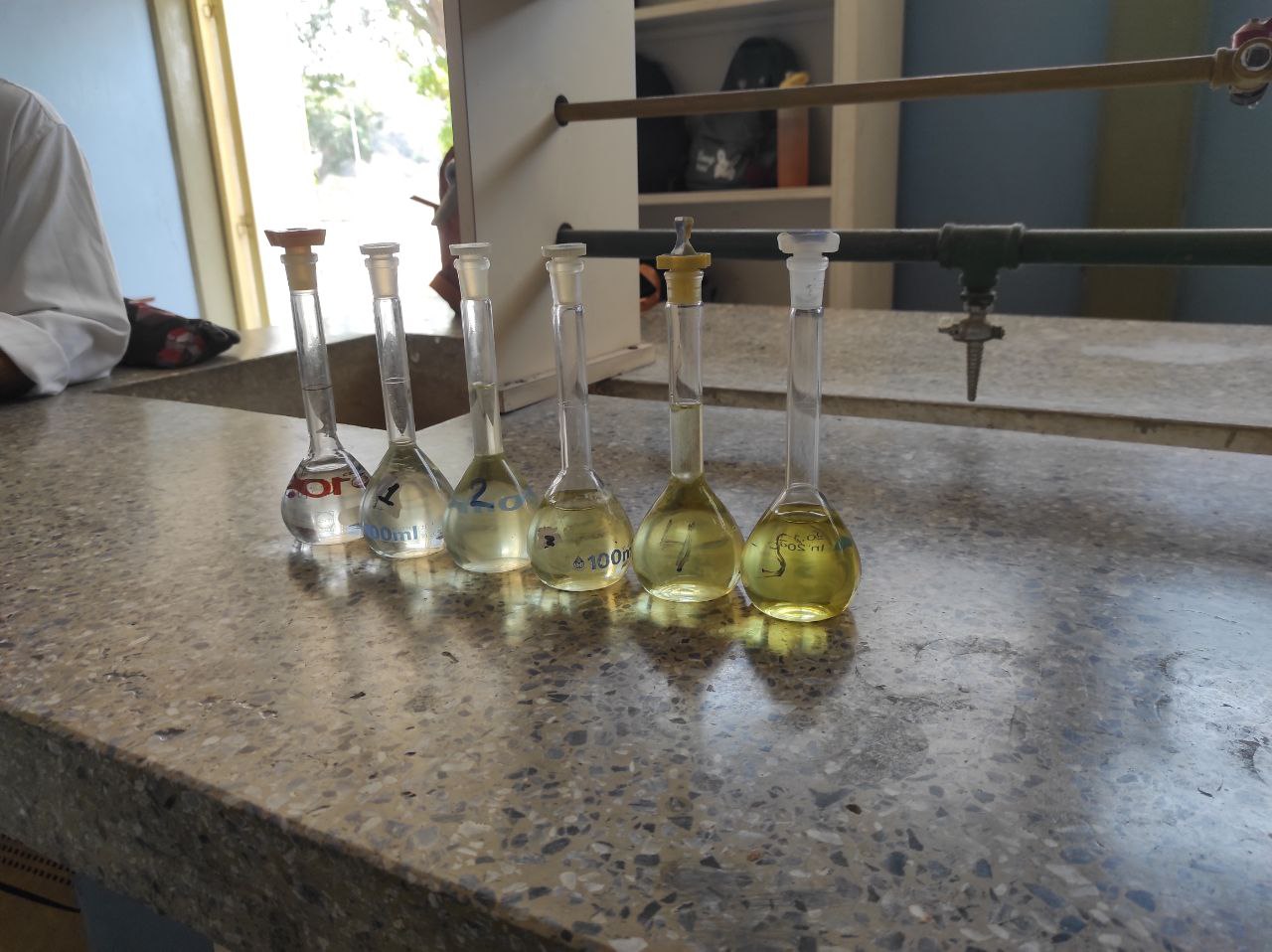
Sinceramente estoy amando la carrera, me parece increíble todas las cosas que pasan para llegar hasta formulación de fertilizantes, aplicaciones, tiempos de riego, formulación de insecticidas. Todo ha sido realmente genial, un conocimiento único.
Las próximas semanas tendremos viajes de campo y eso es lo mas esperado hasta ahora del semestre, poder poner en practica nuestros conocimientos en zonas de producción agrícola.
I'm honestly loving the course, I find it amazing all the things that go into fertiliser formulation, applications, irrigation times, insecticide formulation. It's all been really great, unique knowledge.
The next few weeks we will have field trips and that is the most anticipated part of the semester so far, to be able to put our knowledge into practice in agricultural production areas.
Nos vemos en la próxima, y les contare como me va de Bartender en un restaurante de sushi.
See you next time, and I will tell you how I am doing as a bartender in a sushi restaurant.